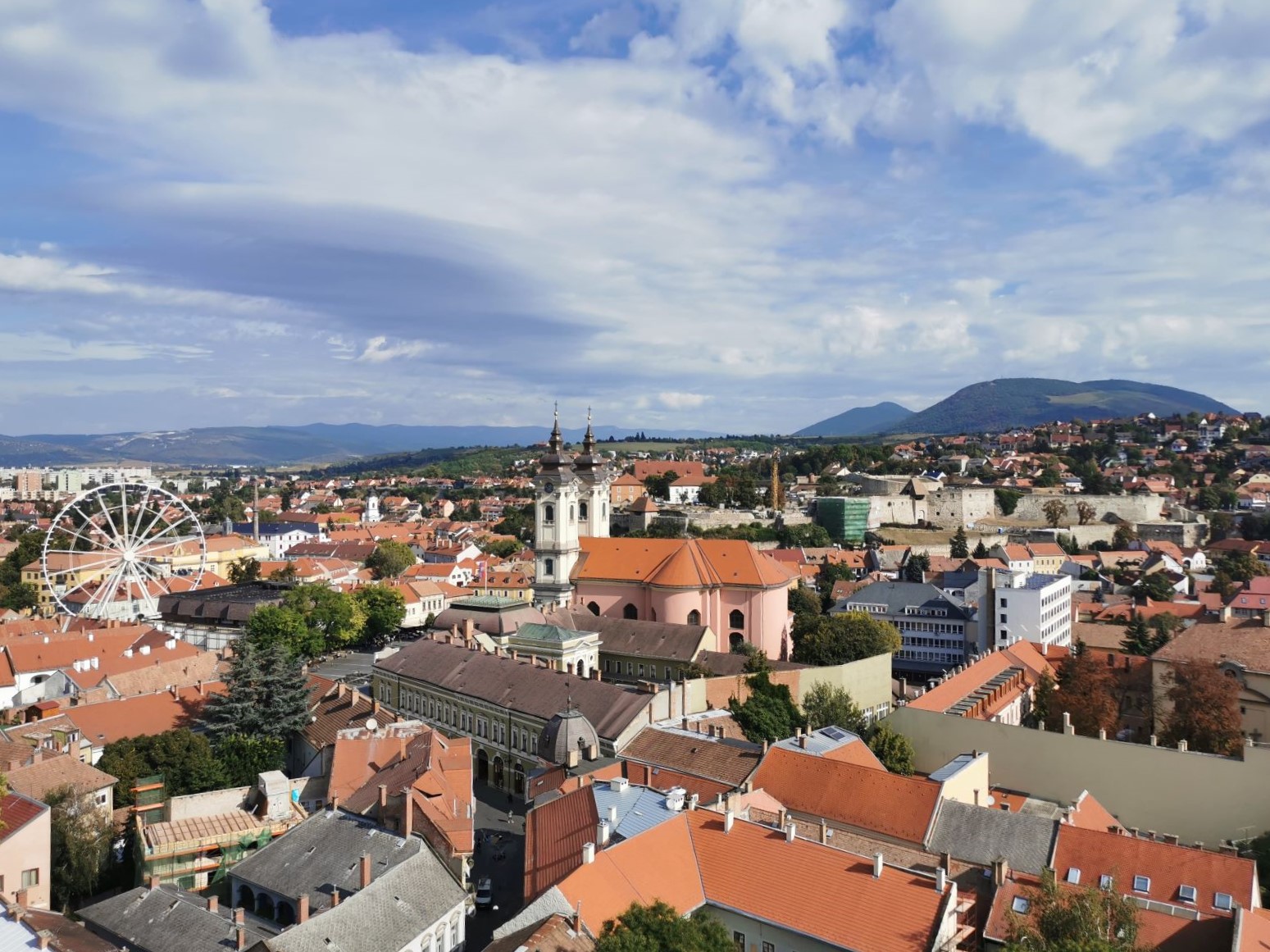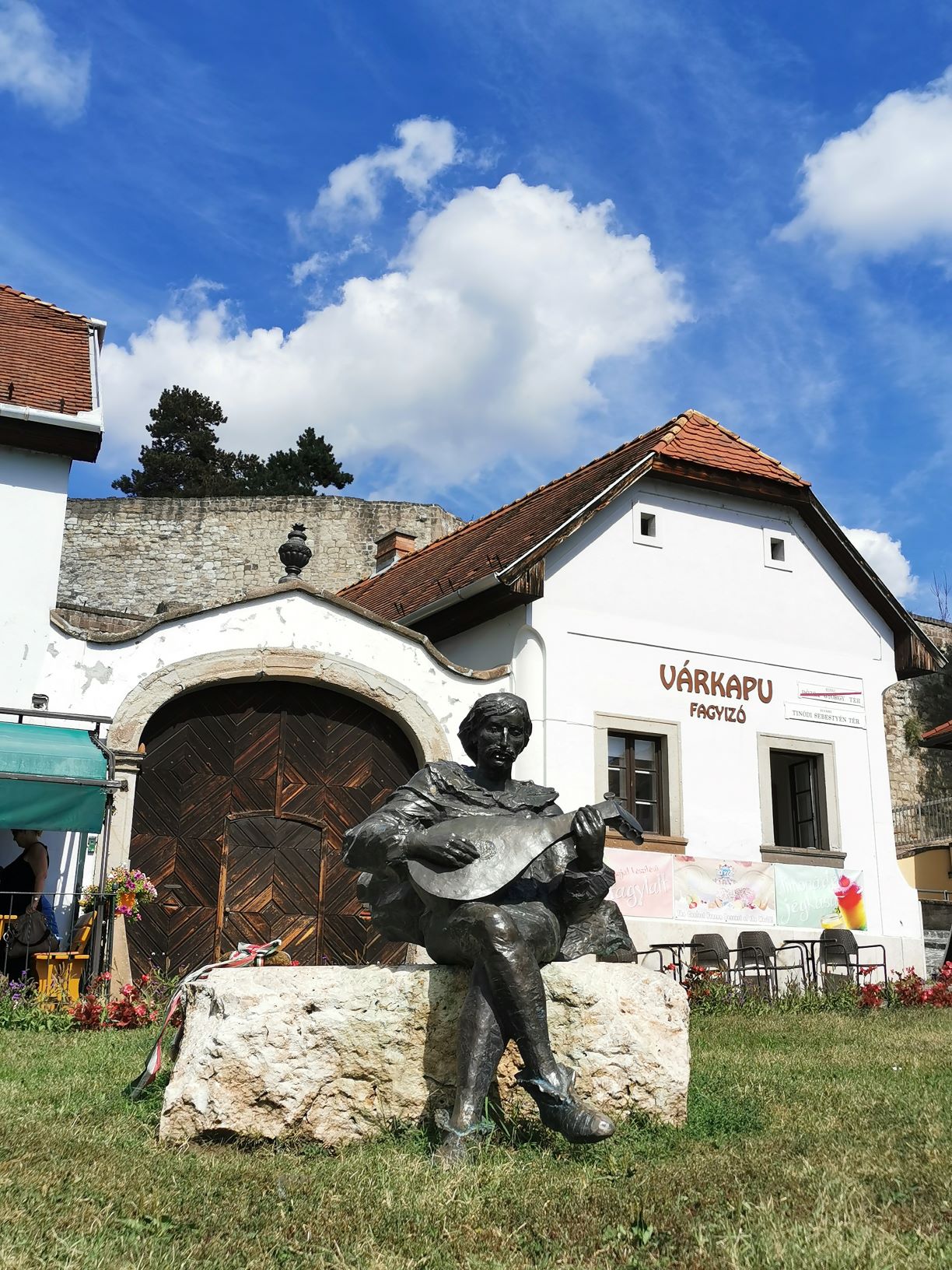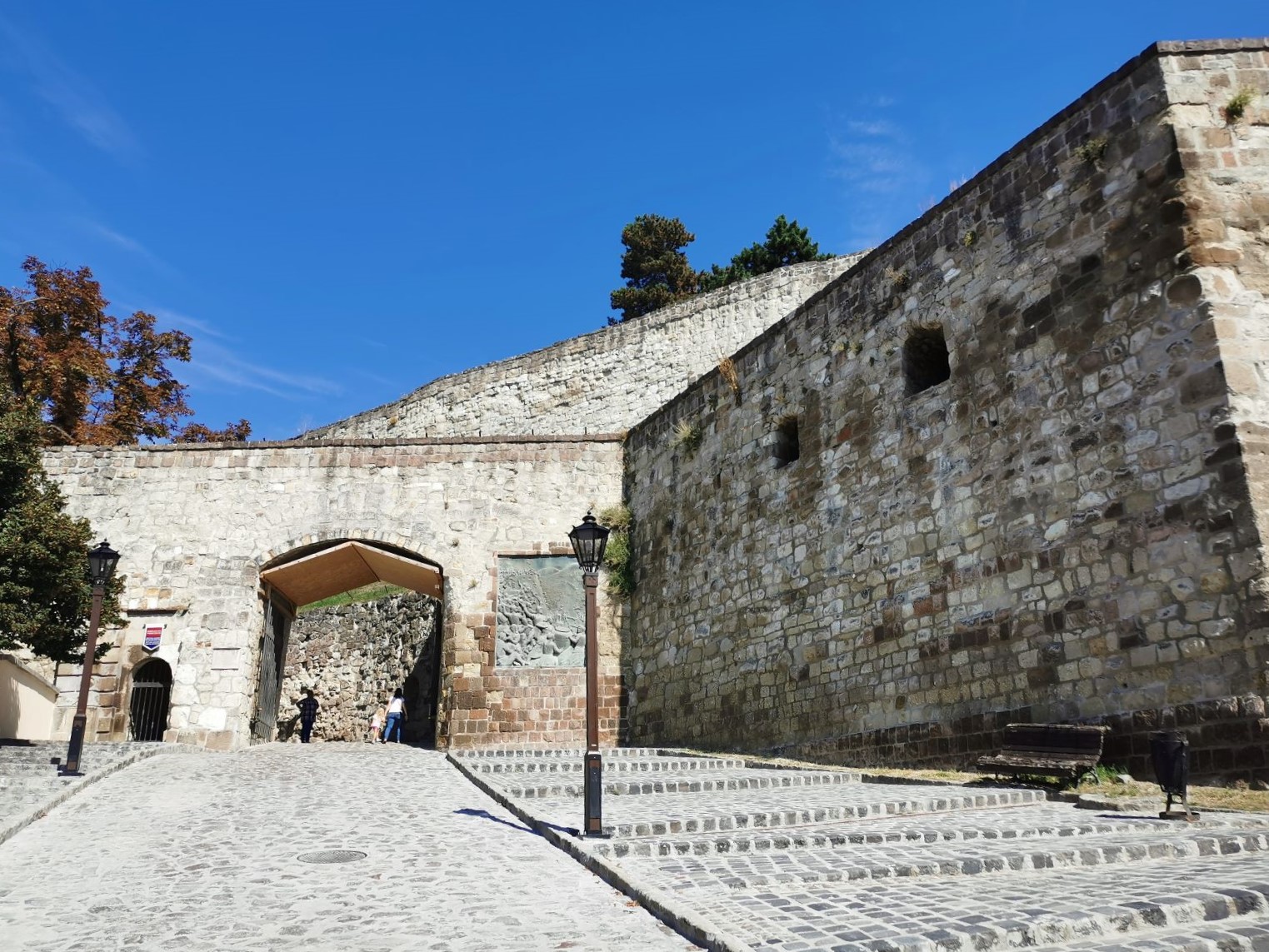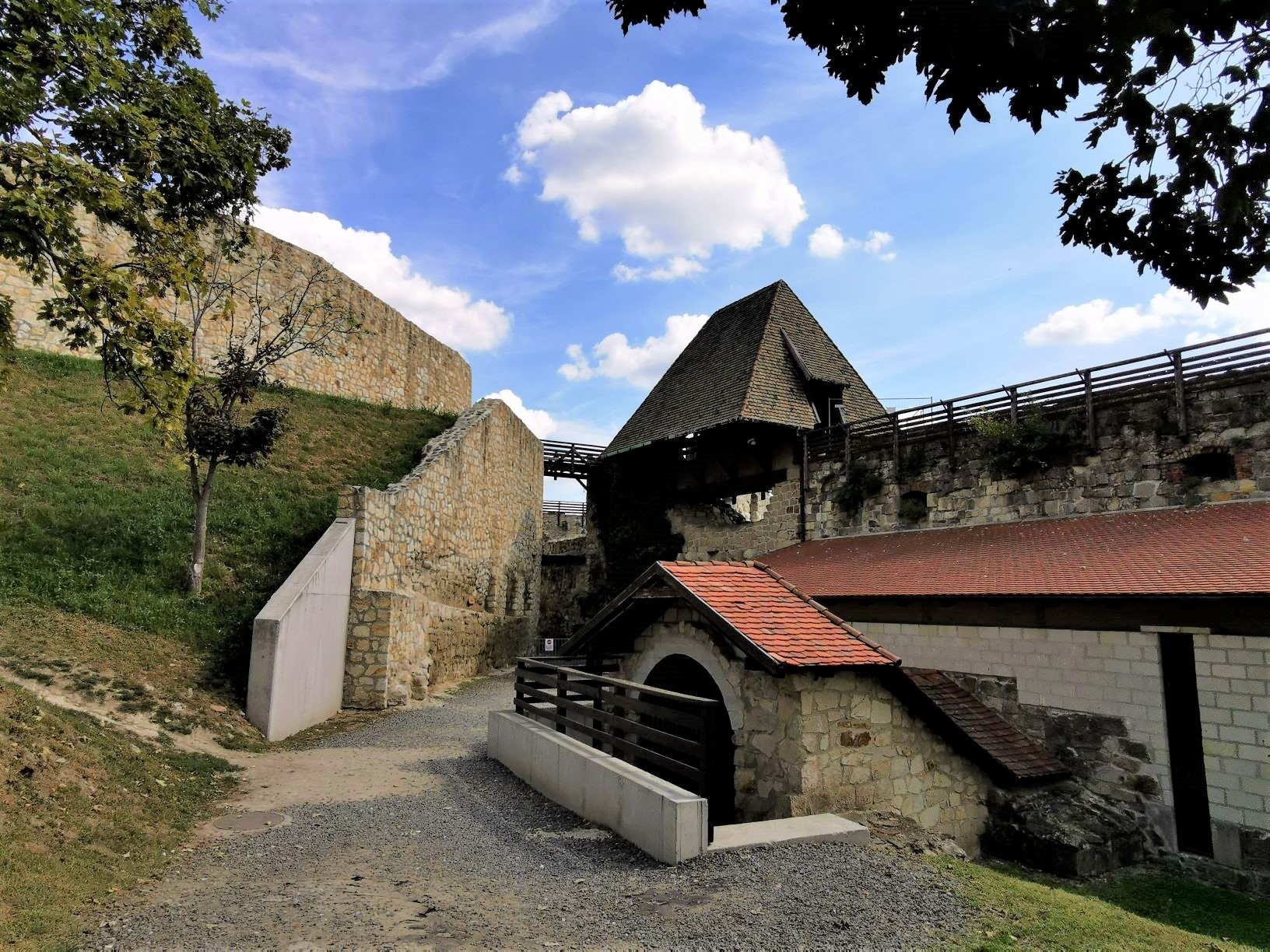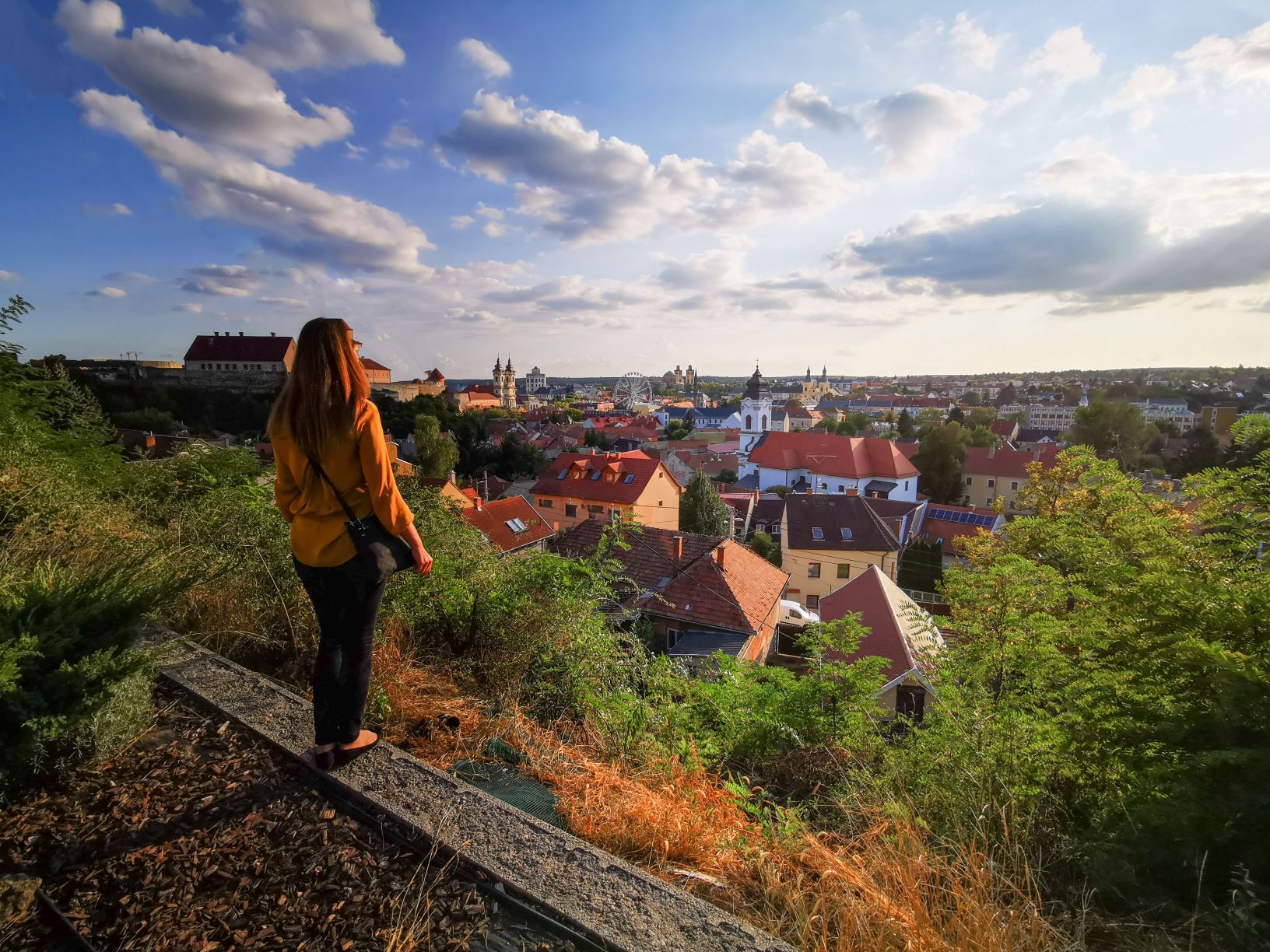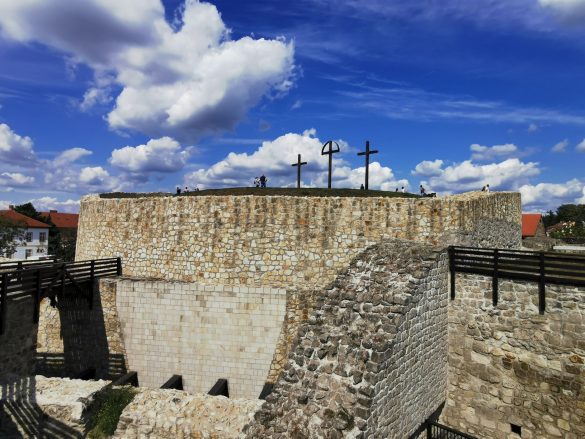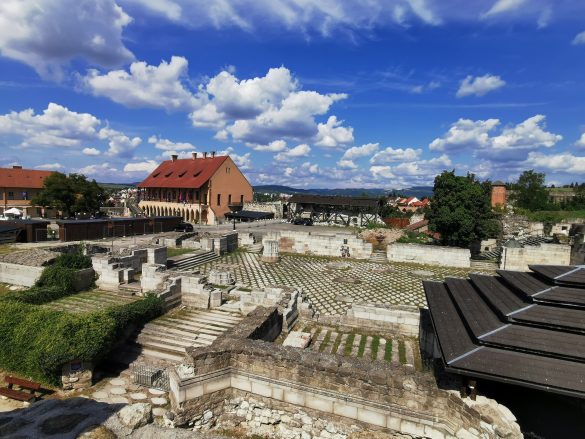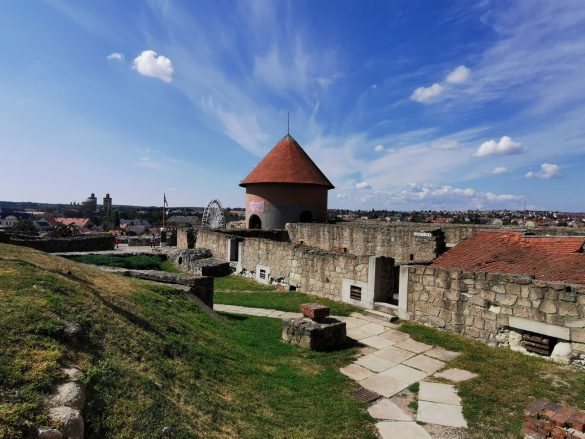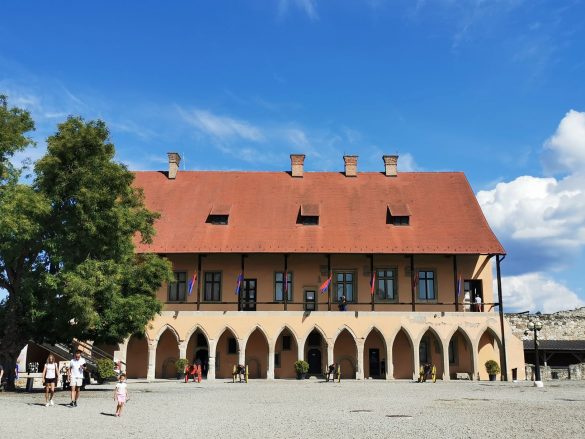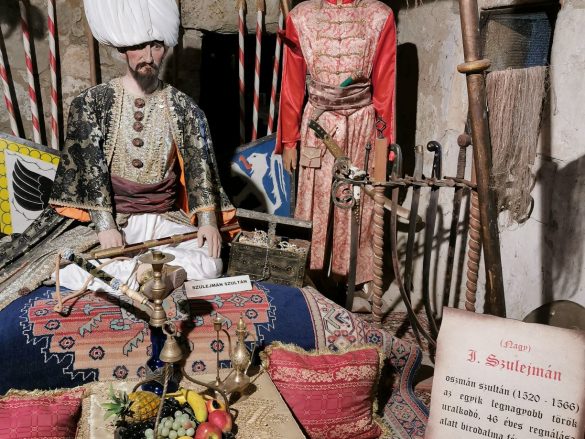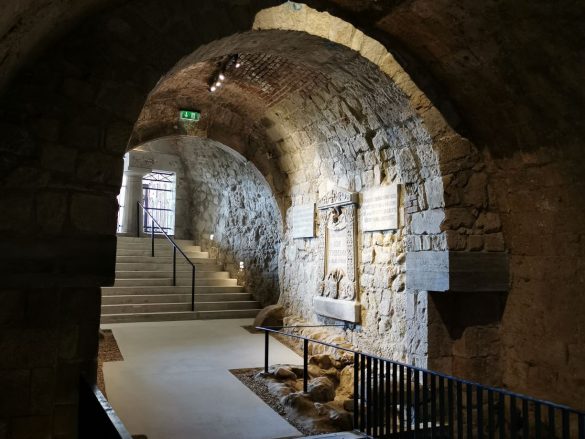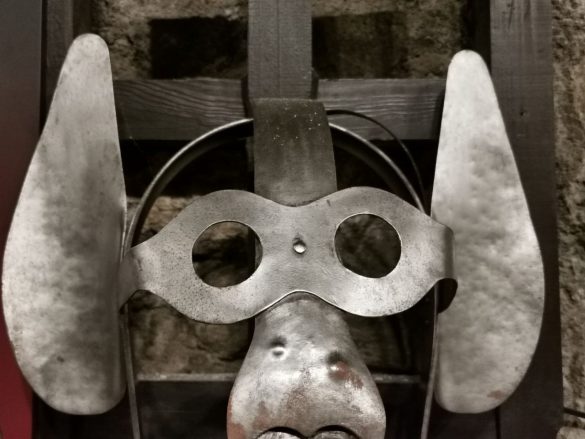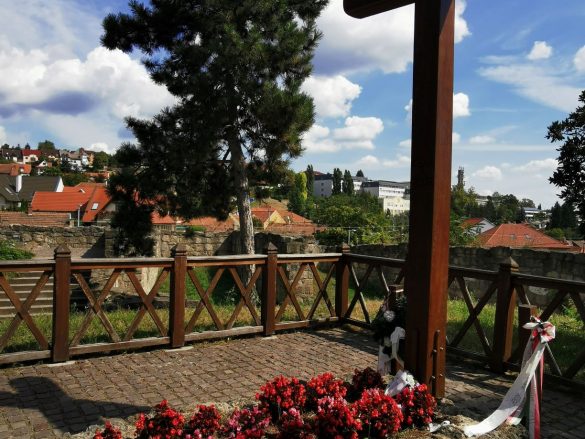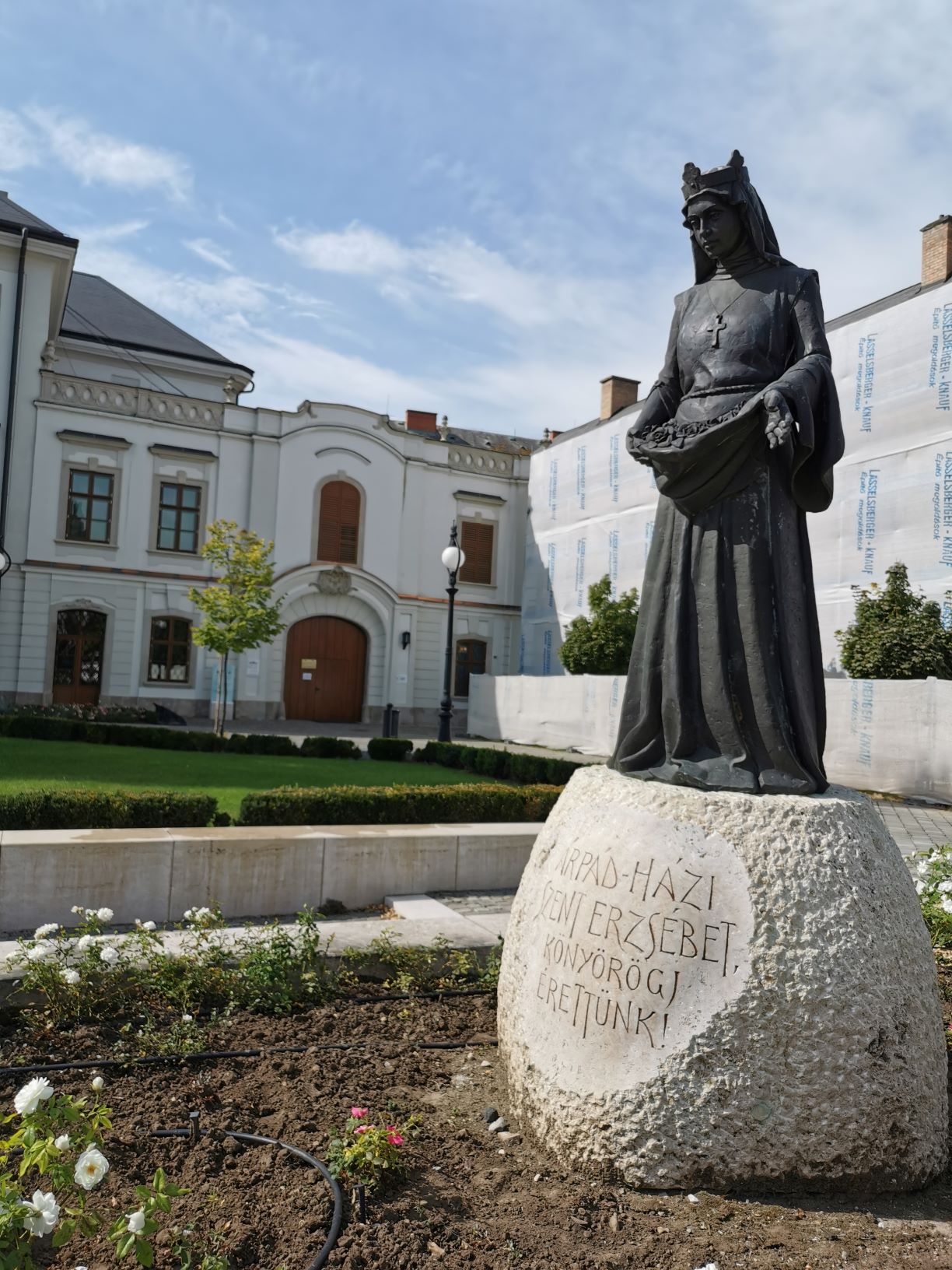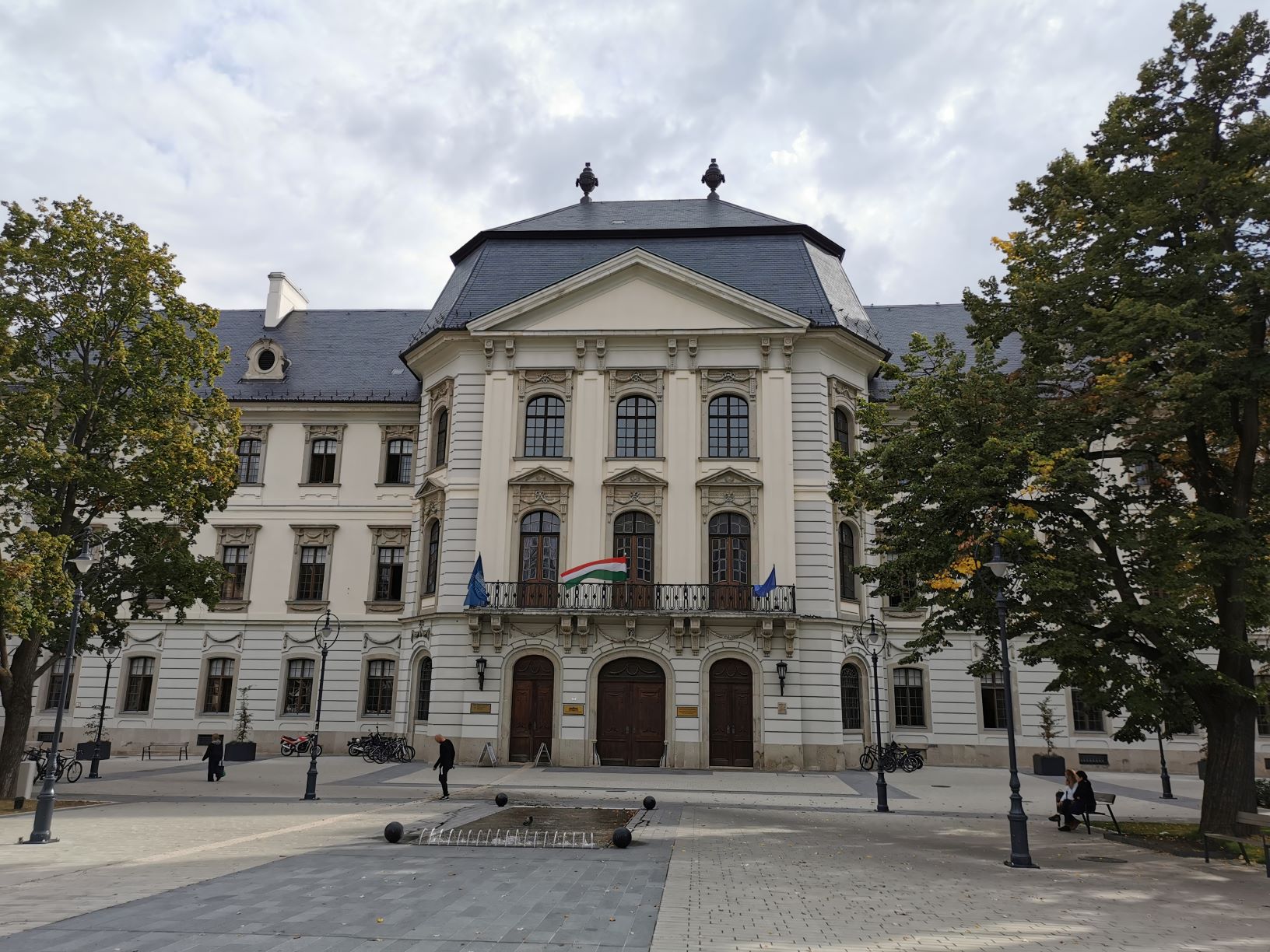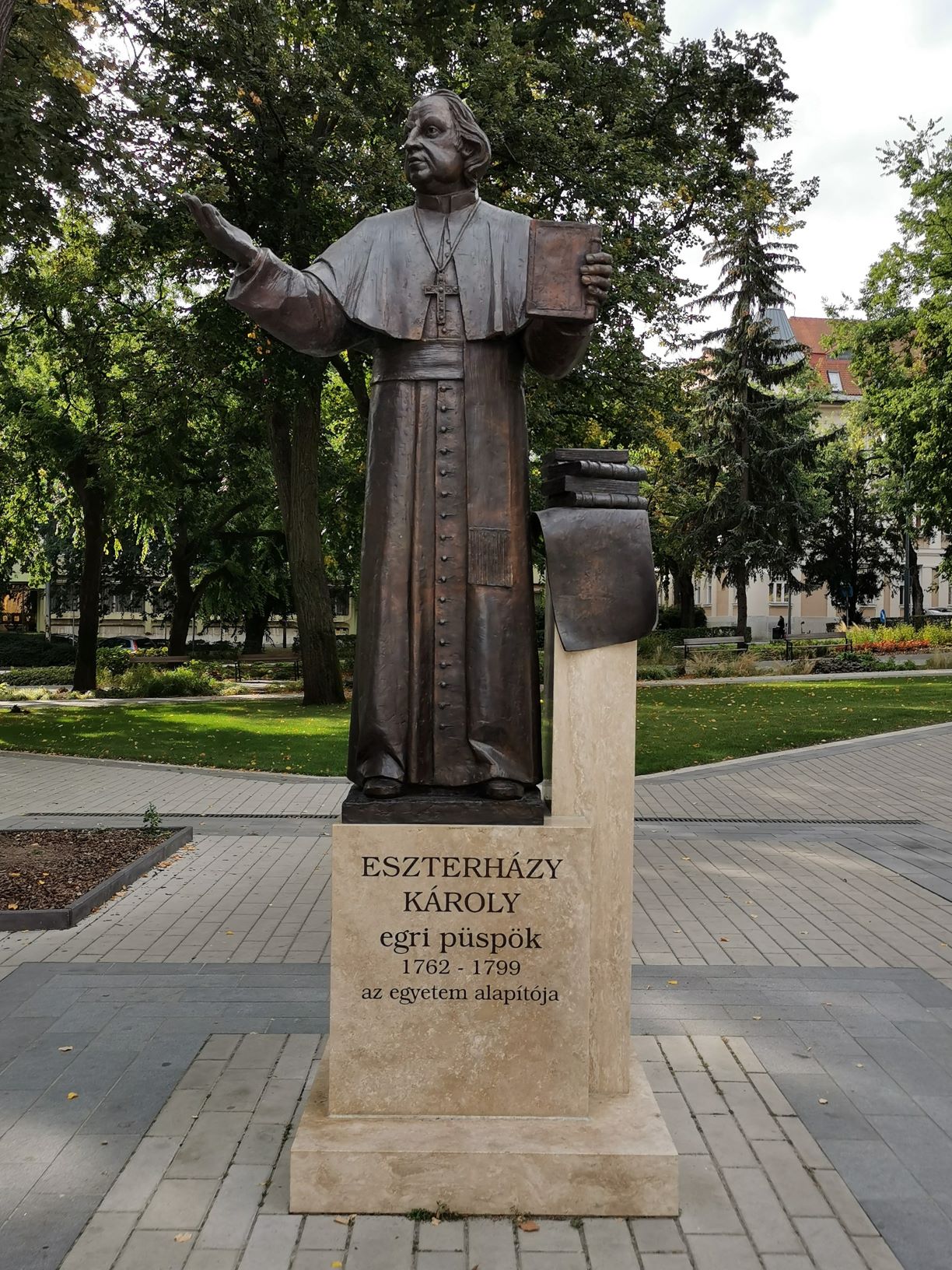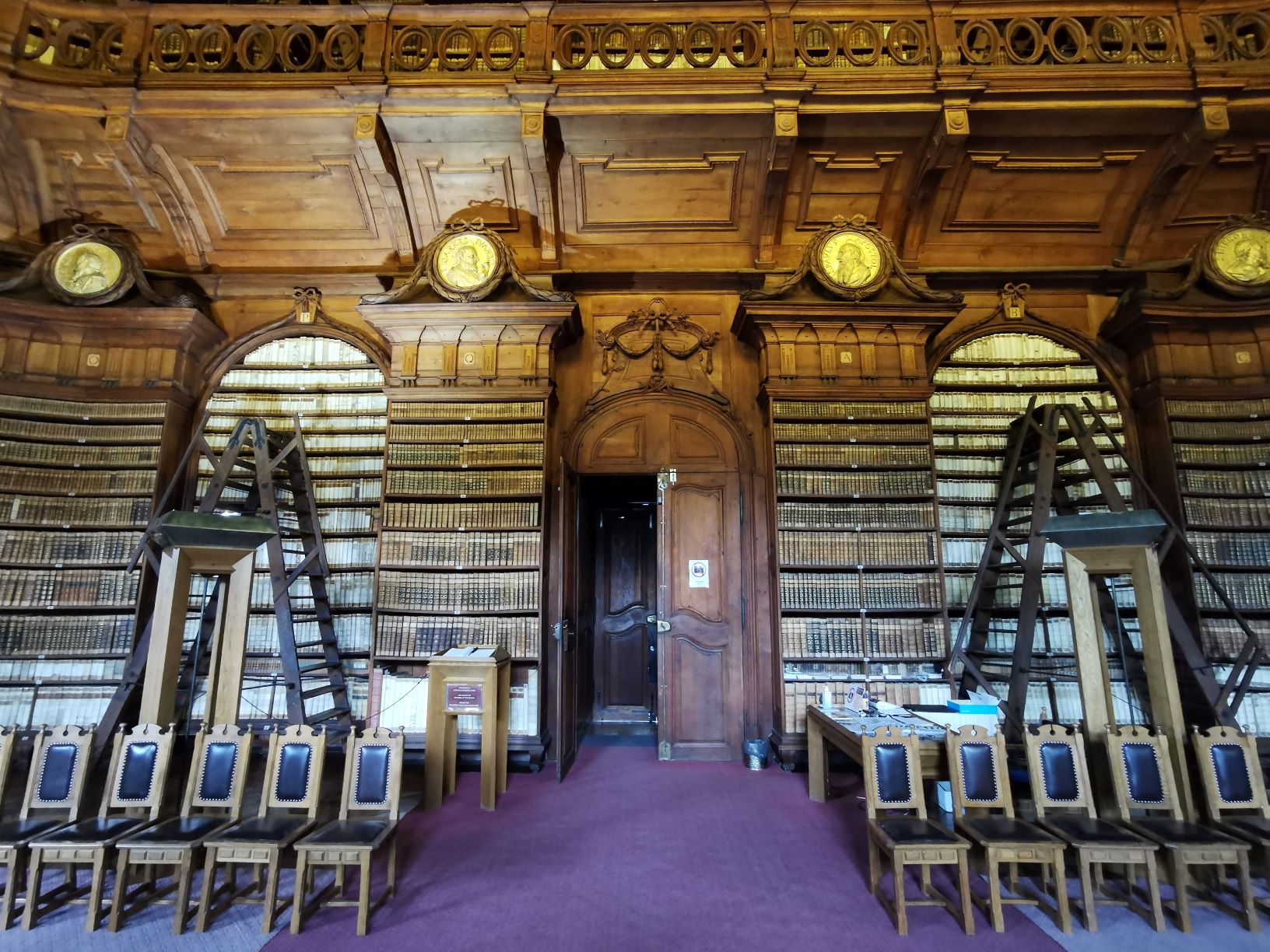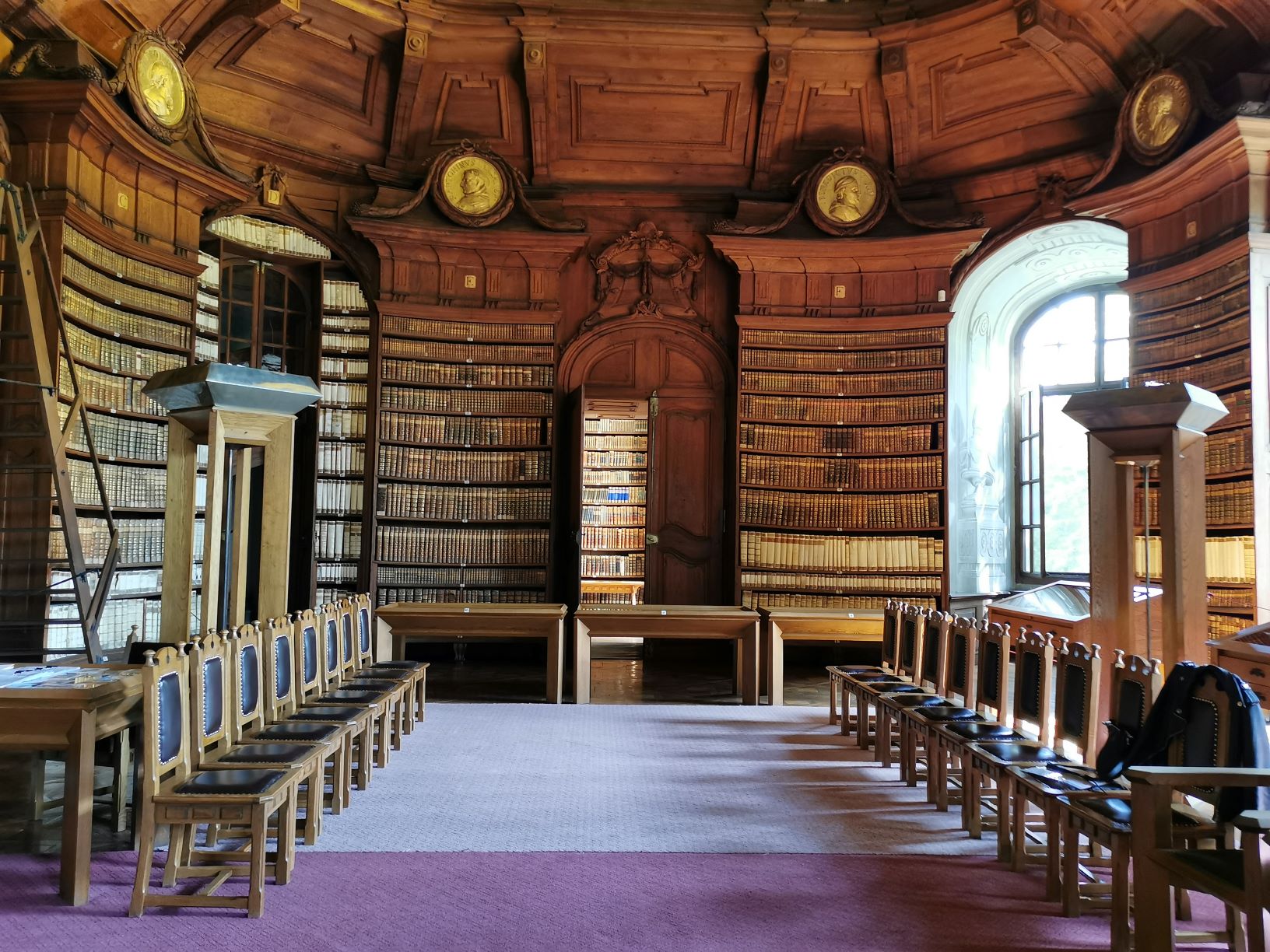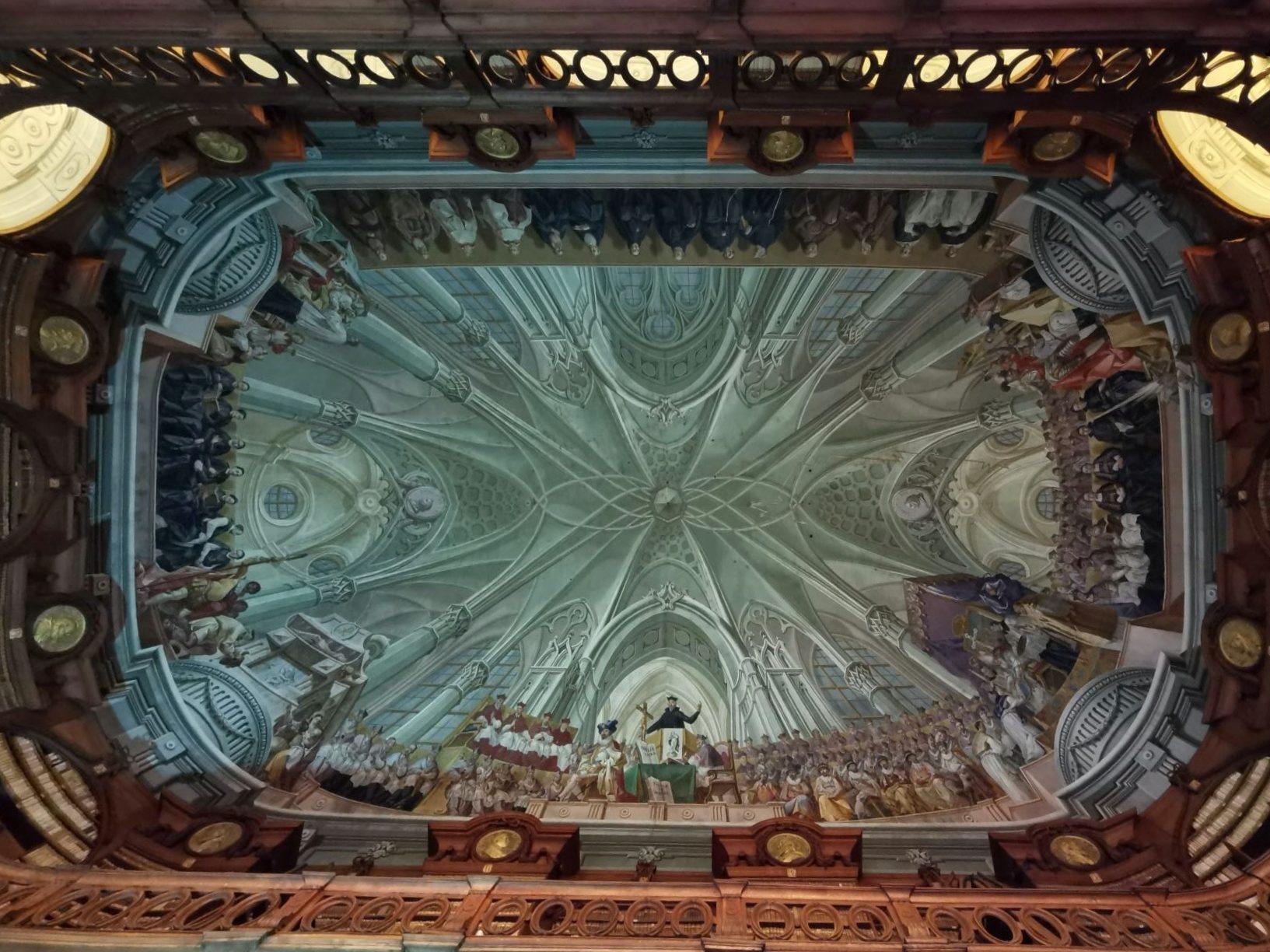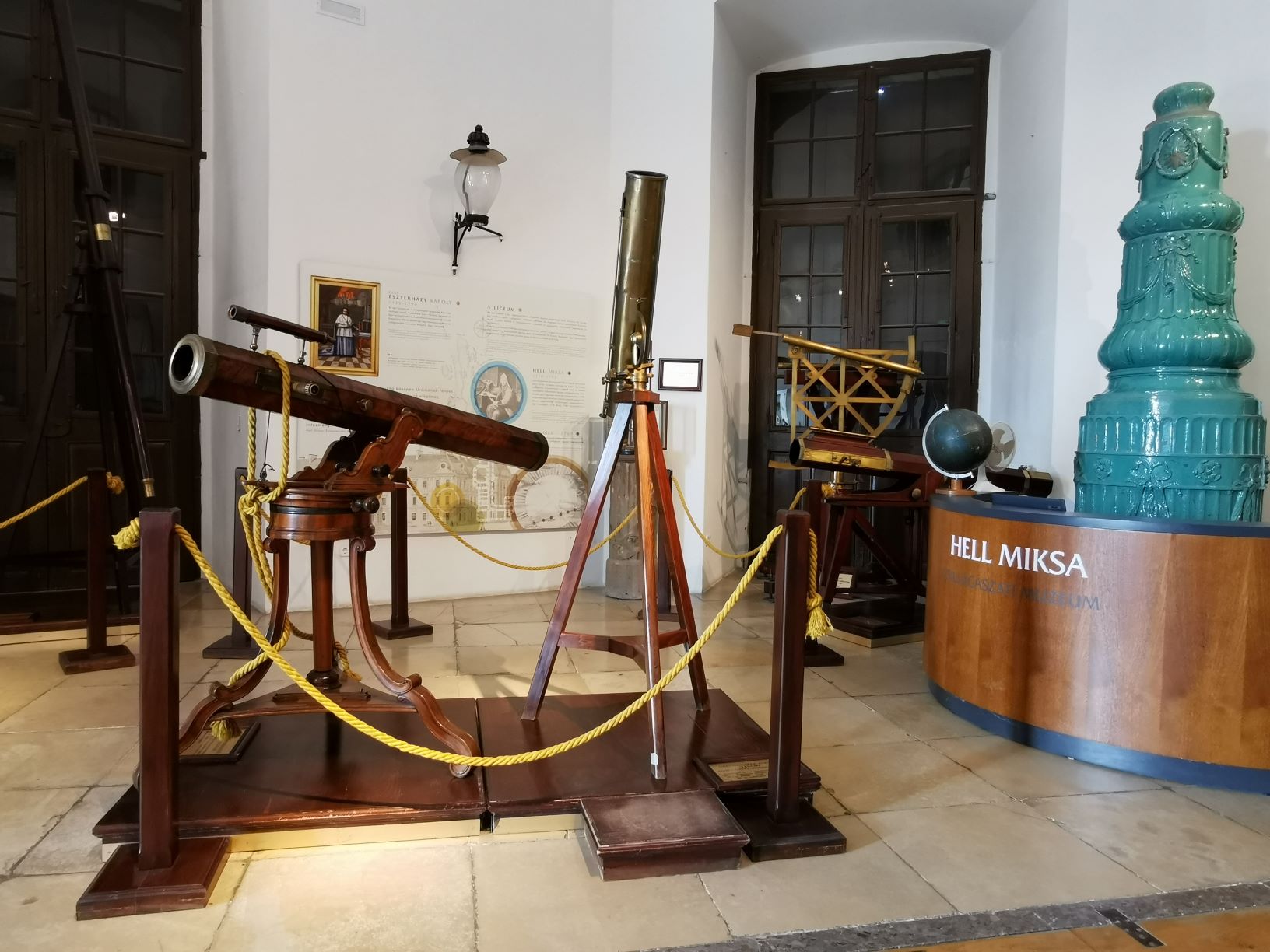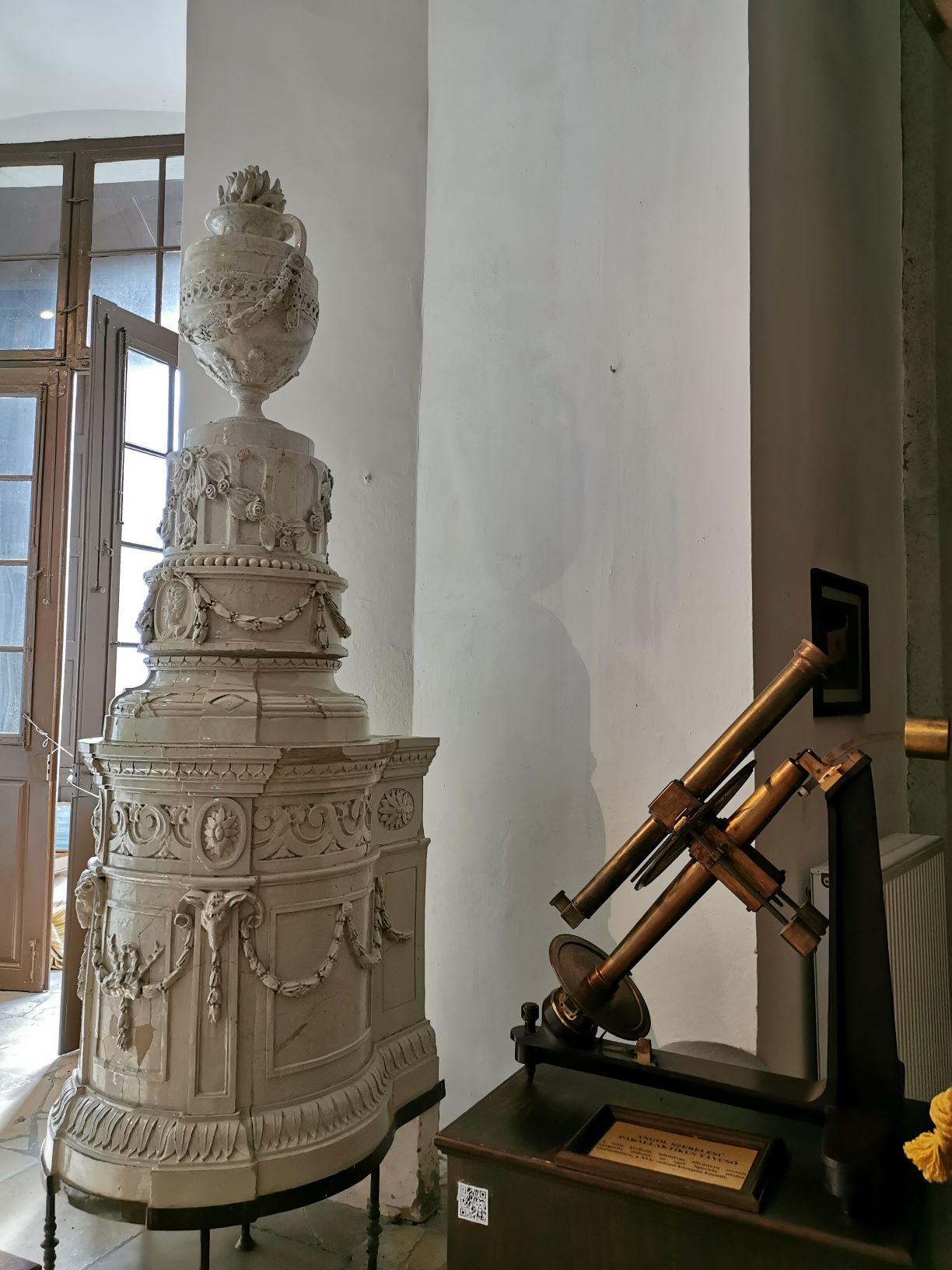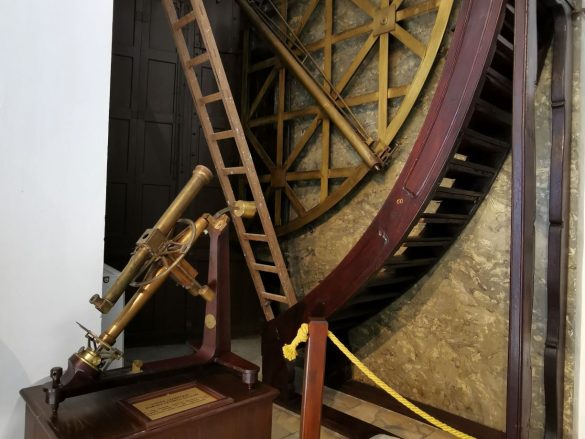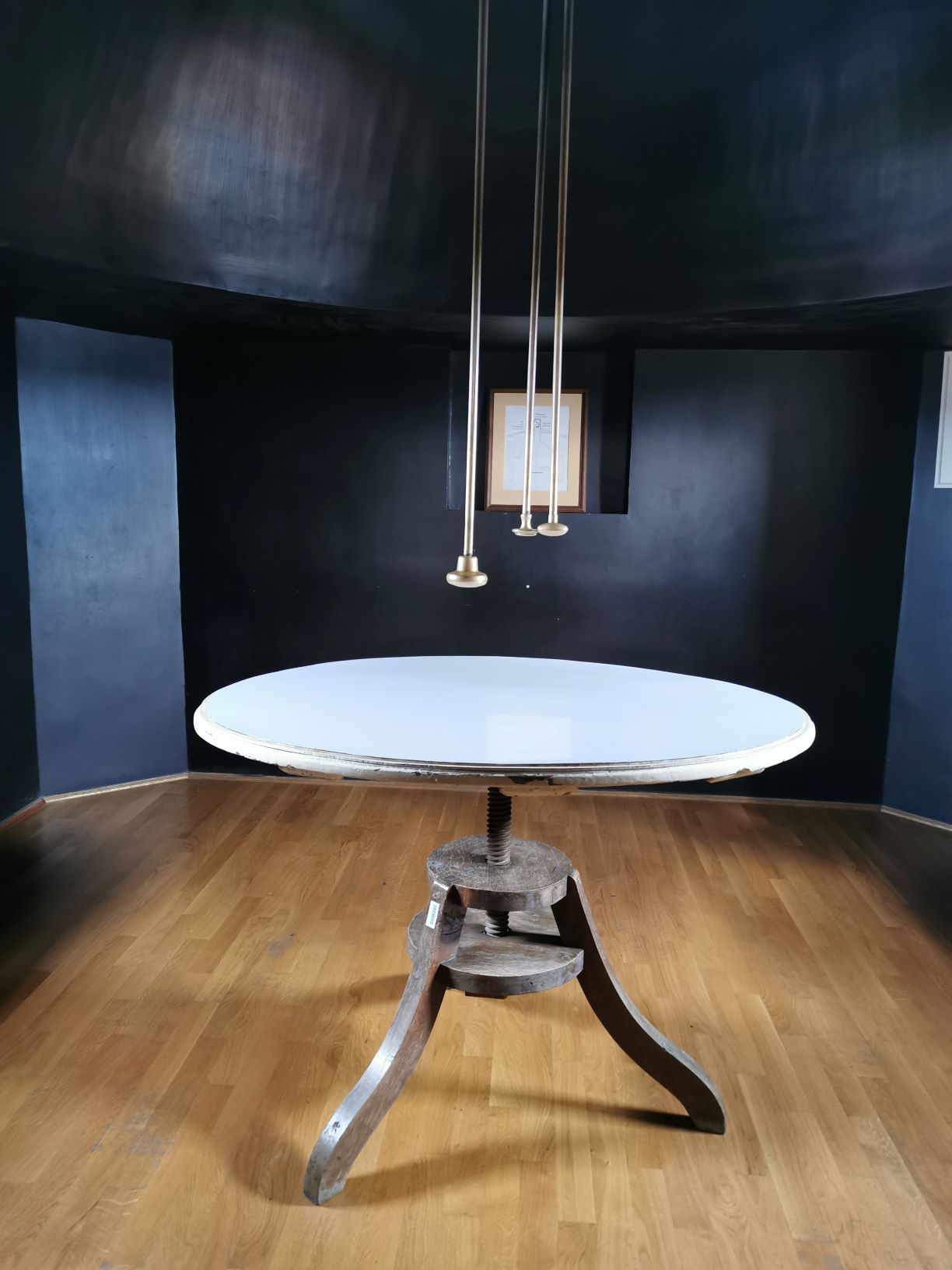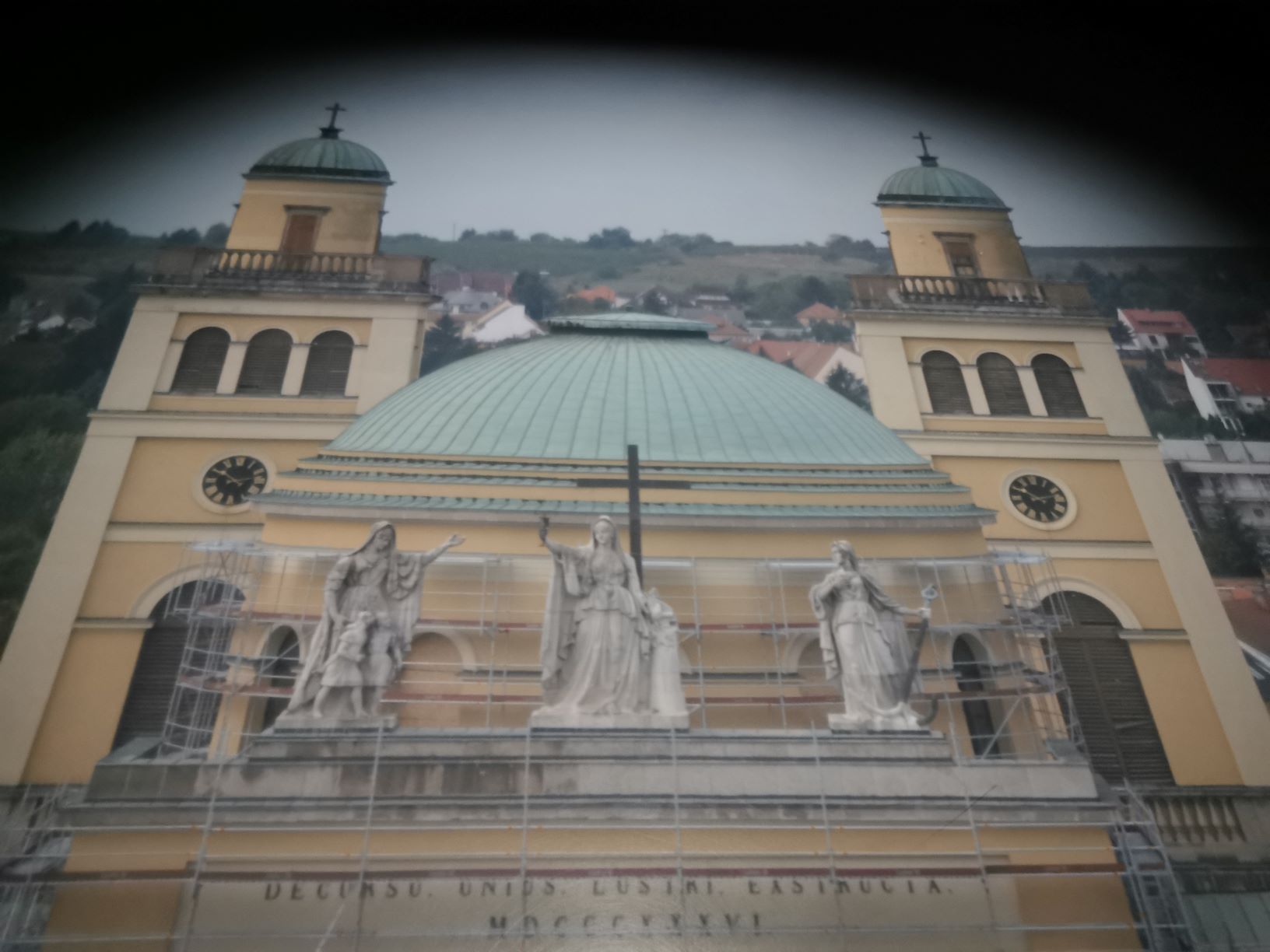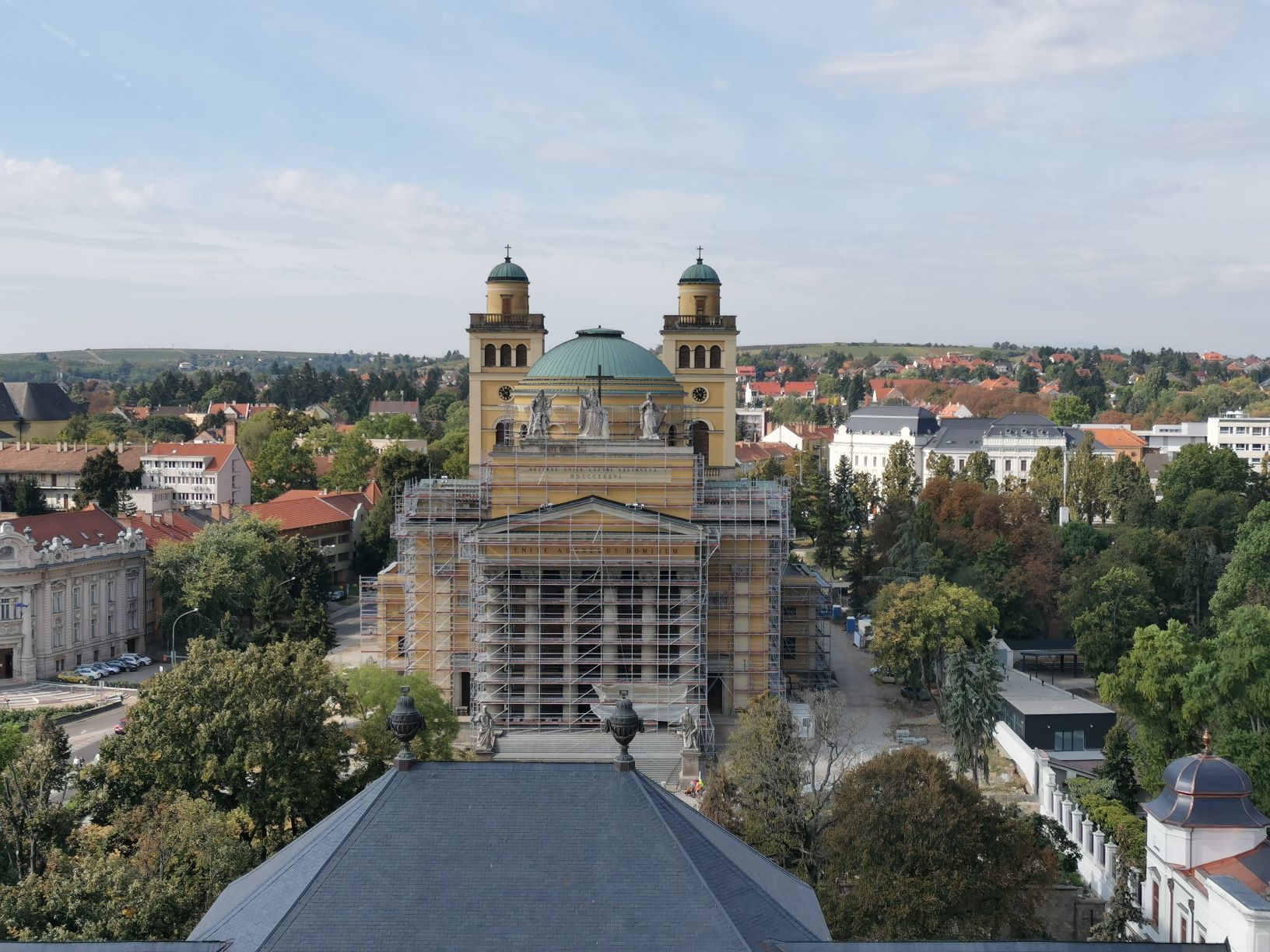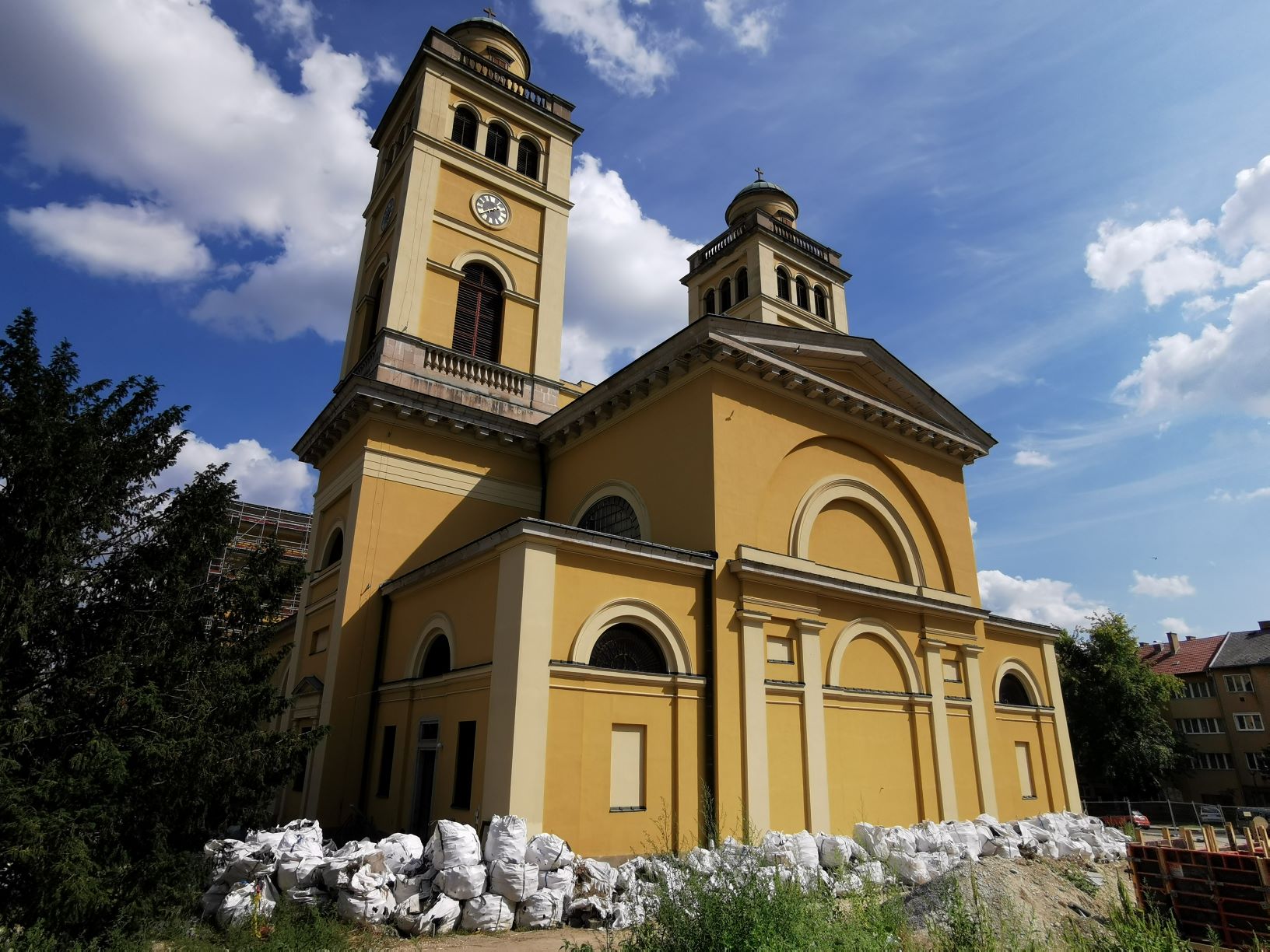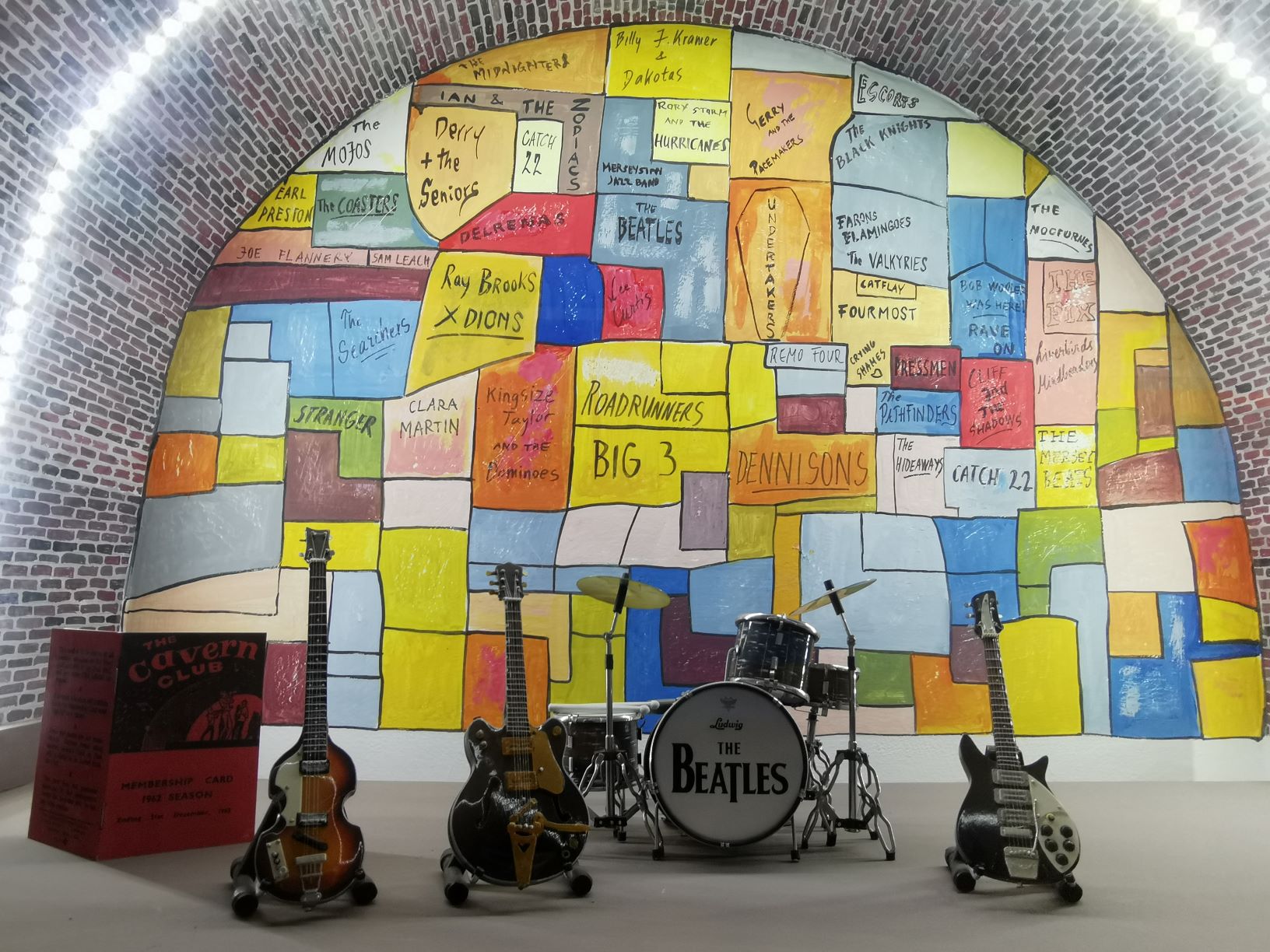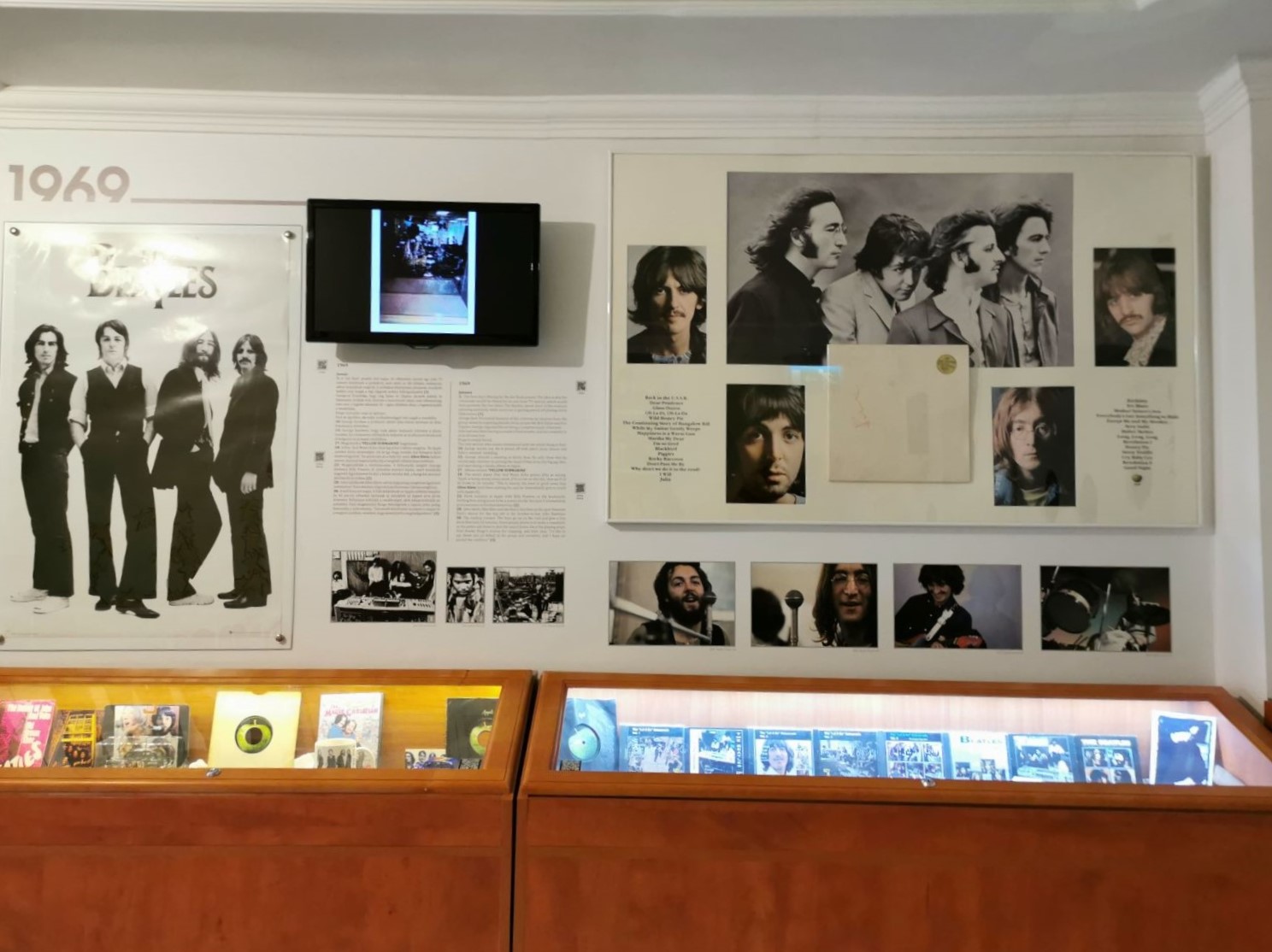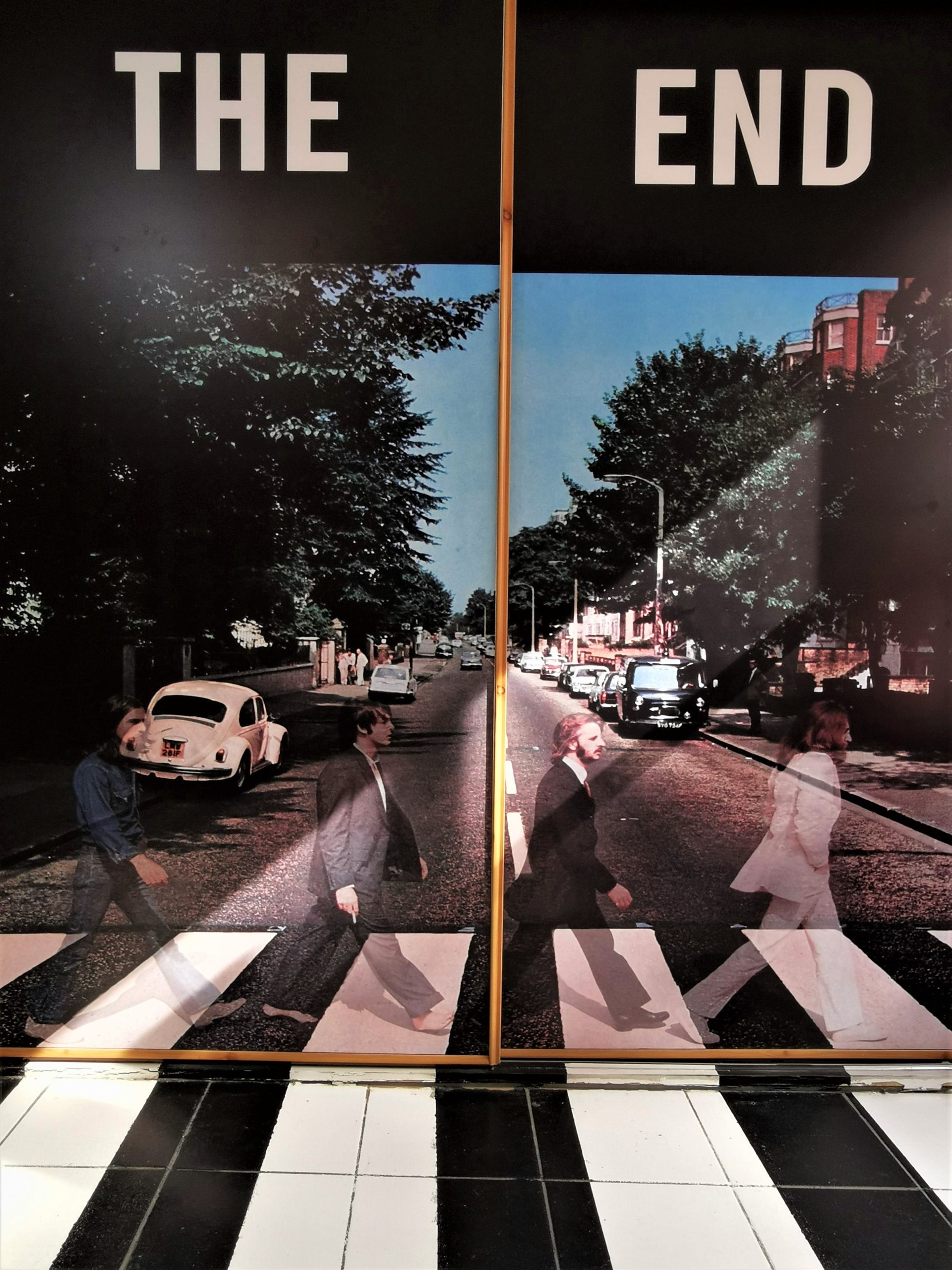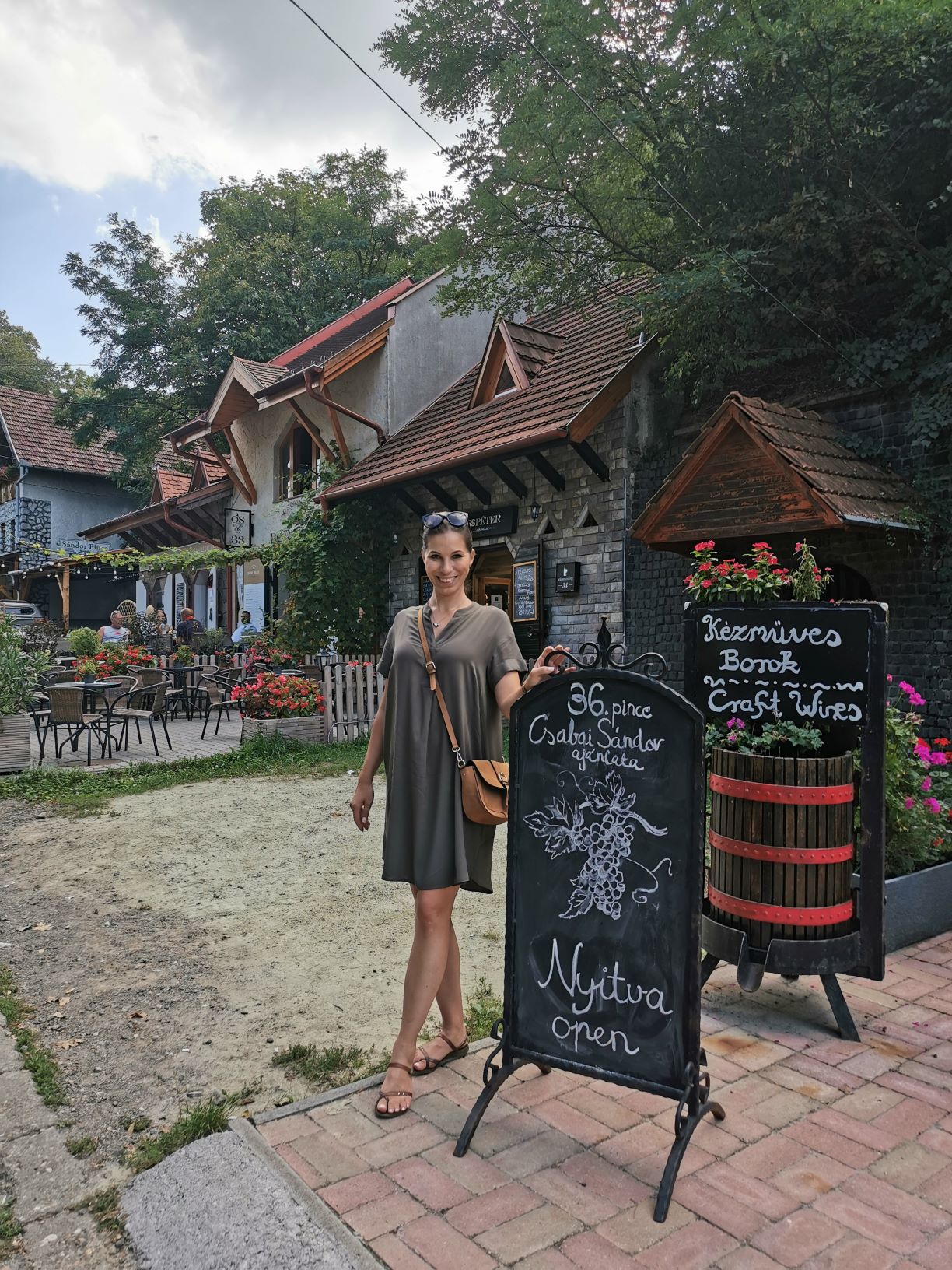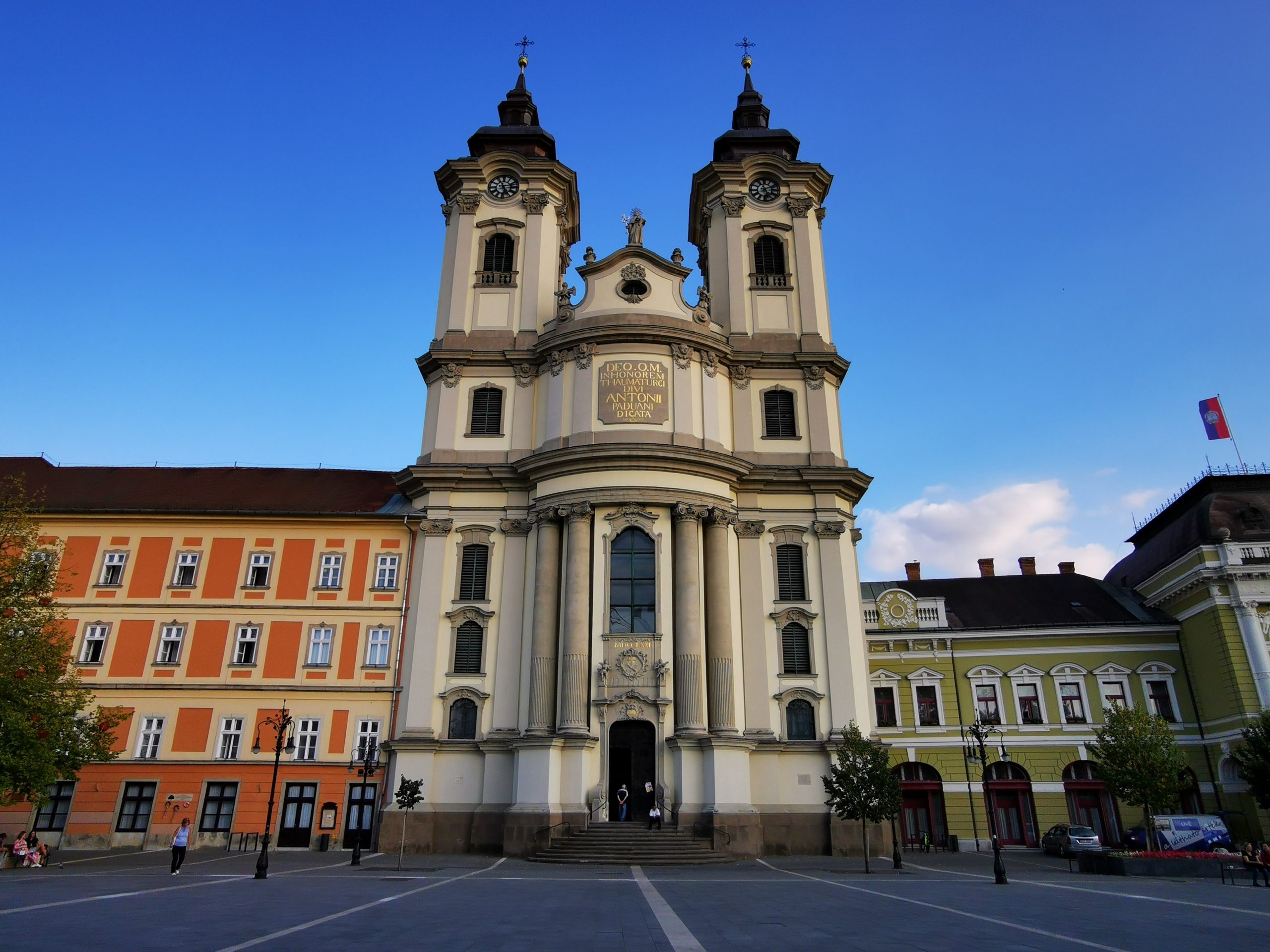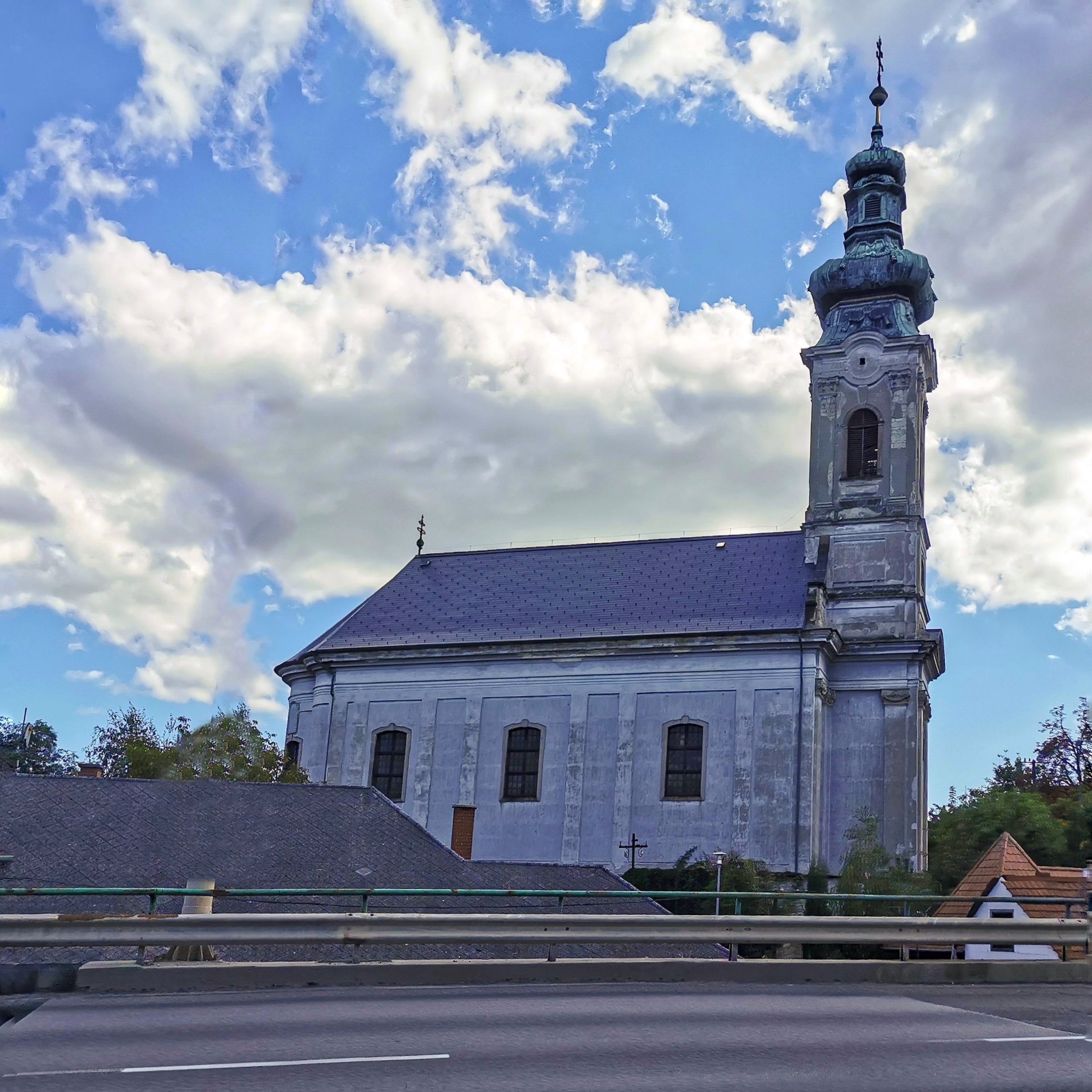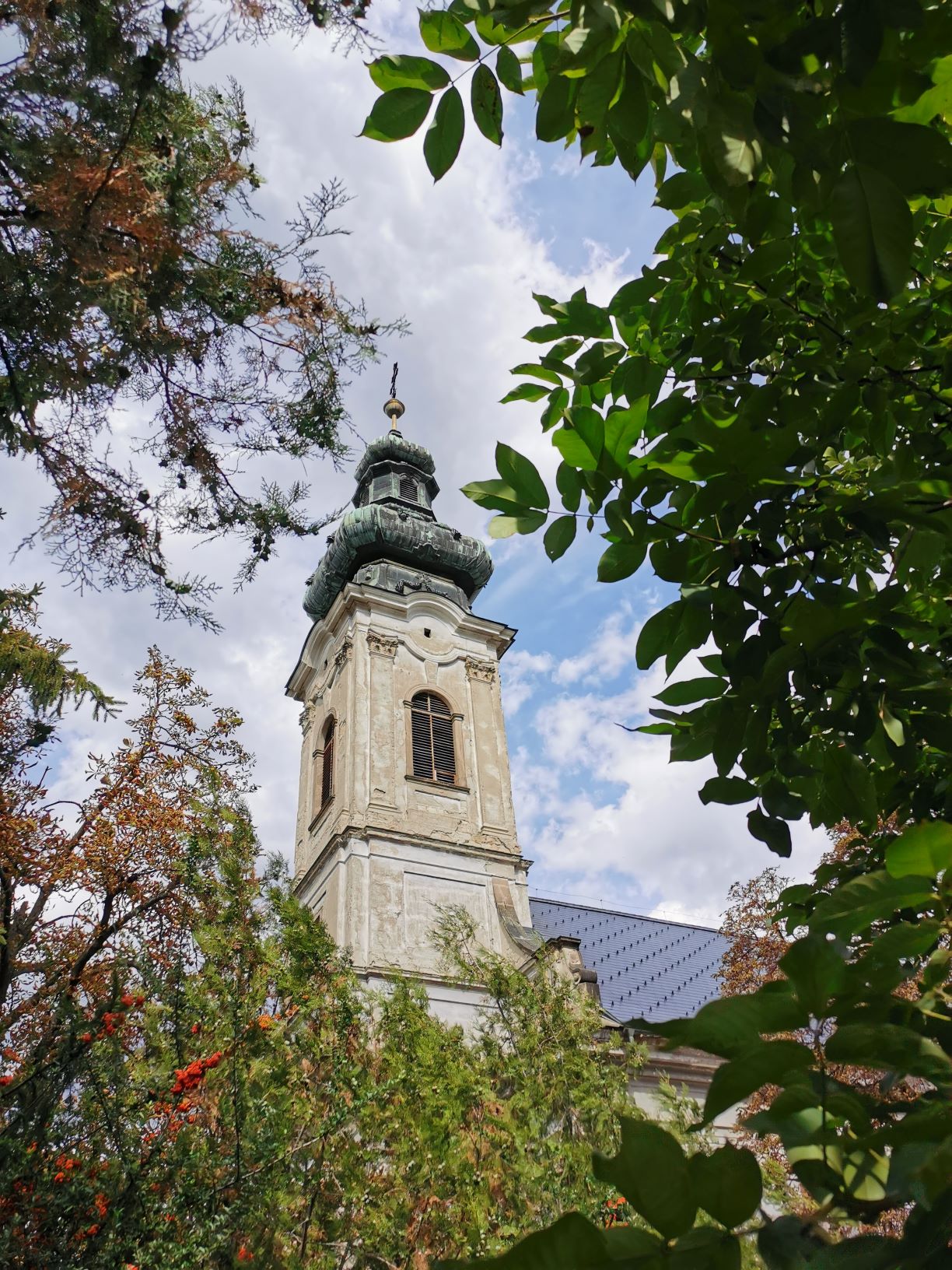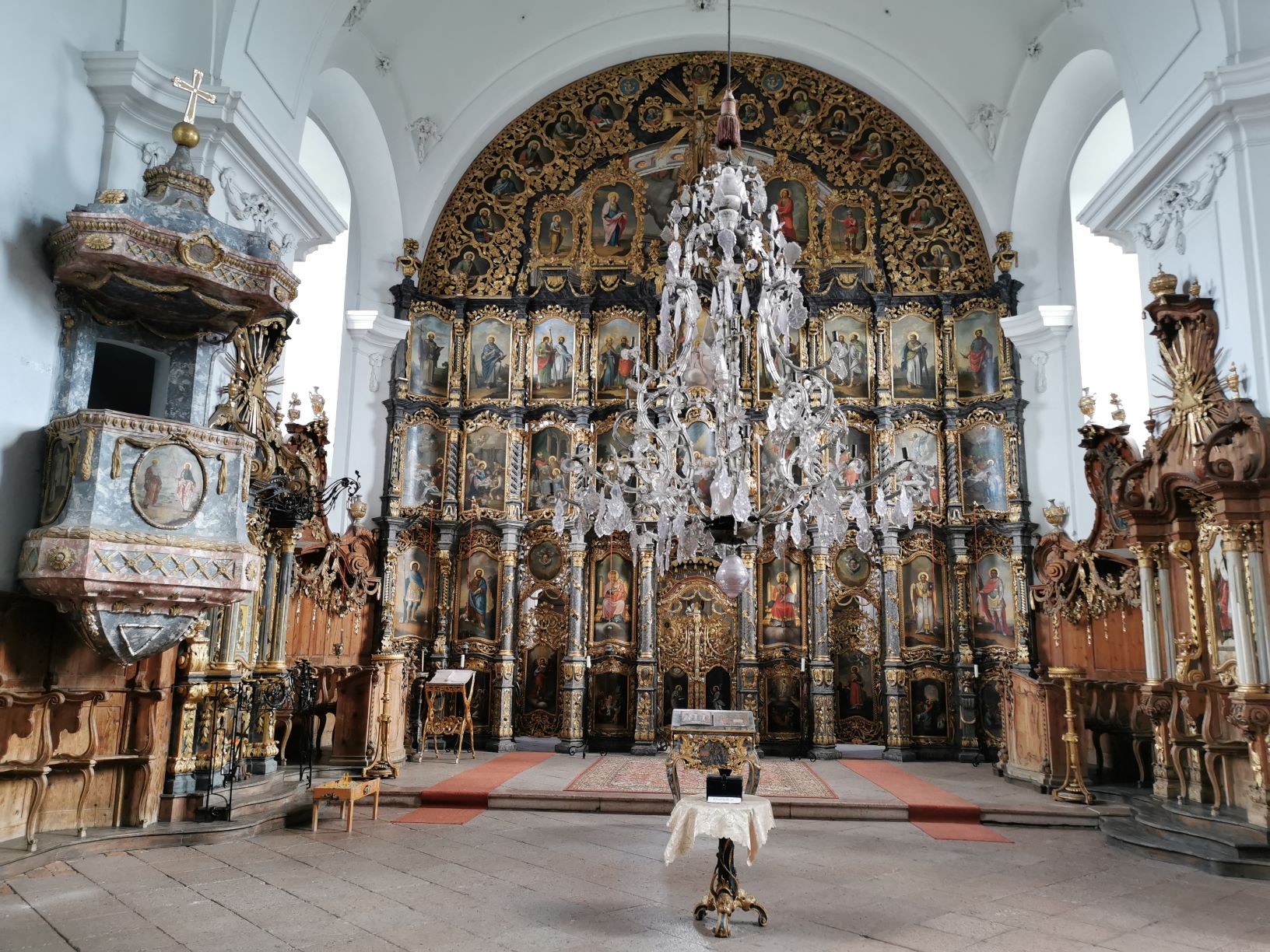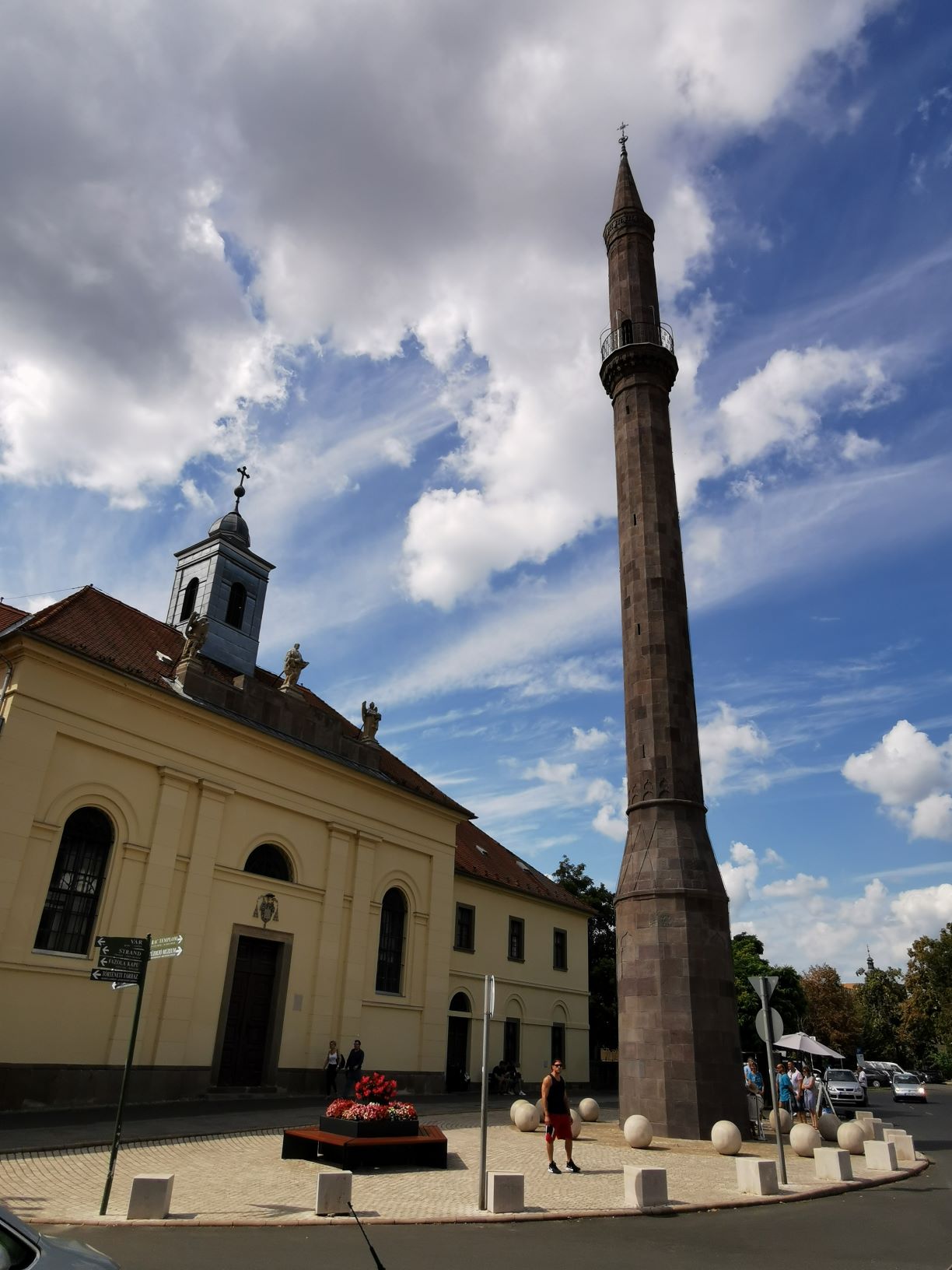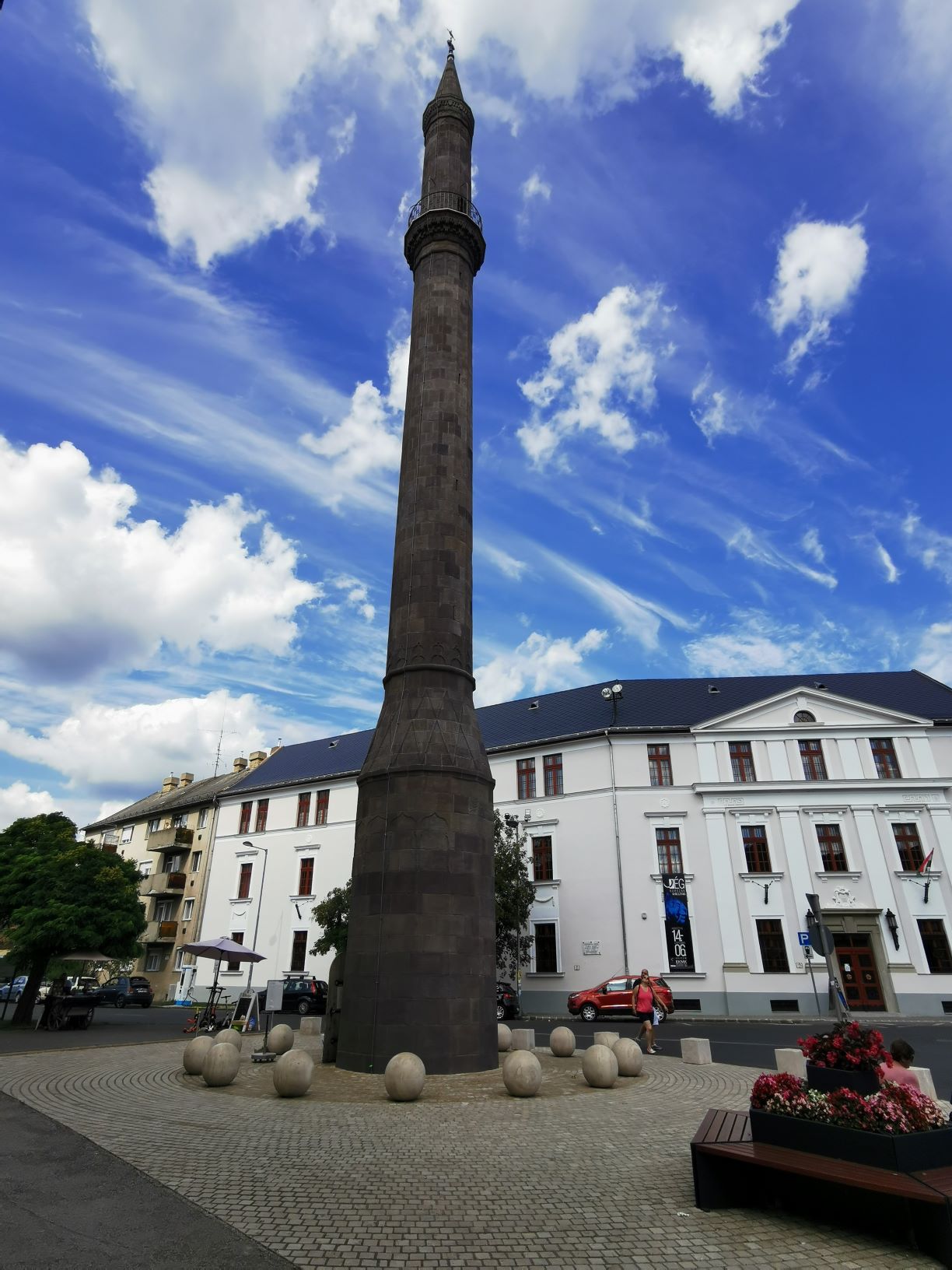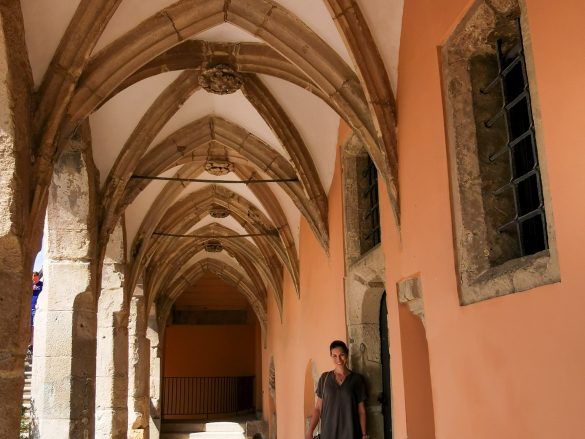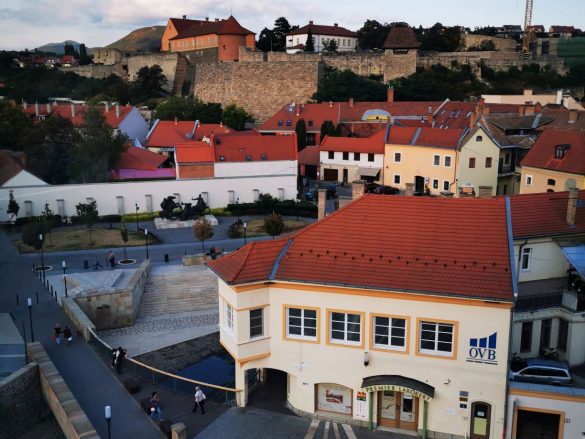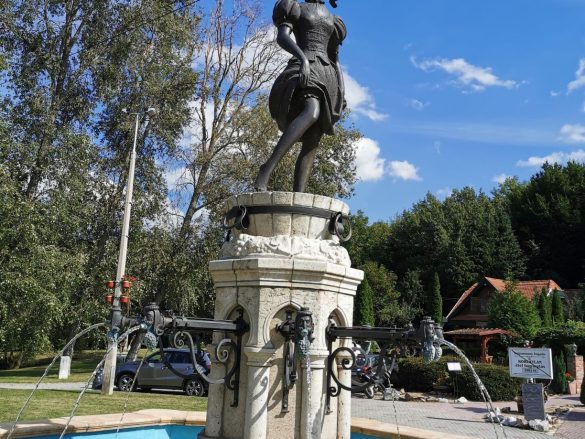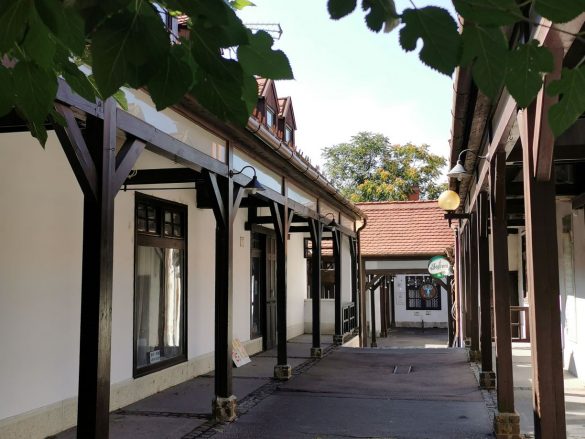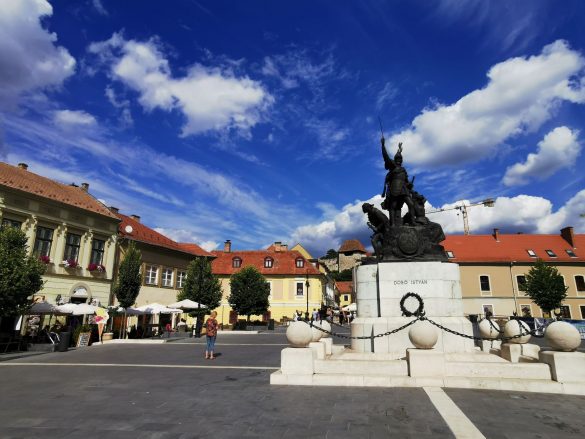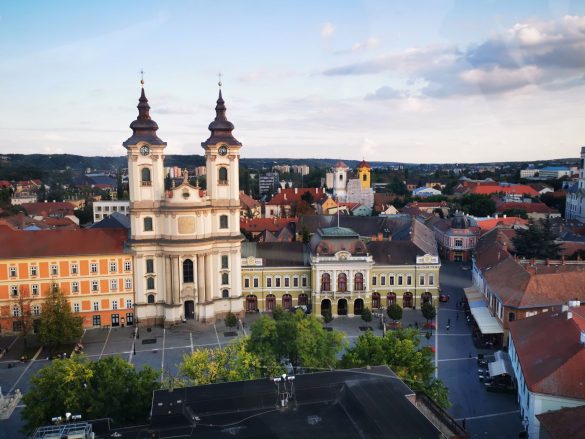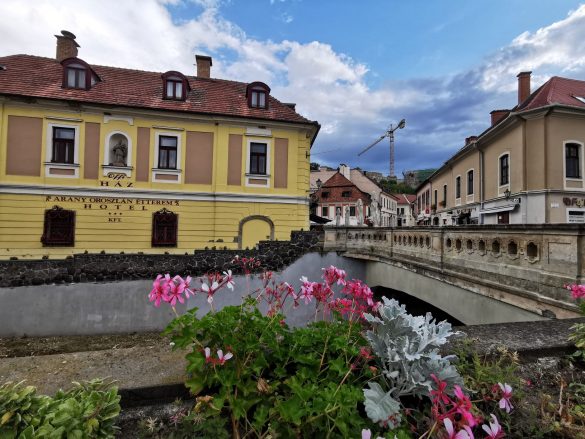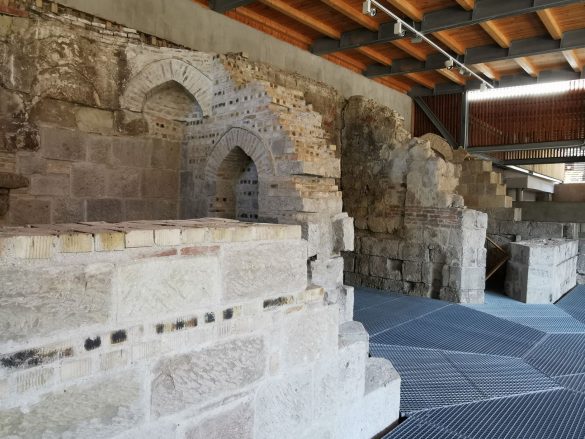I was in Eger for the first time in my life during an elementary school class trip. As a child, needless to say, what a pleasure it was to walk around the places where the Egri csillagok novel took place. I imagined how István Dobó heroically defended the castle against the Turks. How the women of Eger poured pitches on the heads of janissary standing on ladders. What life must have been like in the former castle. And I’m not even talking about the romantic relationship between Vicuska and Gergő. I preserved these memories about Eger in my head as an adult.
Although I have visited the capital city of Heves County many times over the past 25 years, I have not really expanded my memories of Eger. This autumn, however, I had the pleasure of spending two weekends in the city, during which I tried to catch up on the last two decades, while not being able to wonder what a beautiful city it had developed into. I listed my favorite attractions from Eger, which I offer anyone with a warm heart to discover as soon as the restrictions are lifted. And if you are rather interested in the must-see places around Eger, in my previous blog post, I wrote about the most special sites here.
Eger Castle
Few people know about the fact, that Eger Castle was not originally intended for defense purposes and was not prepared for a castle, but it was a religious center. Between 1001 and 1009, our King St. Stephen founded the Bishopric of Eger and he set the high ground on the eastern side of the Eger Valley to be the home of the church. Legend says that the king personally participated in the building processes and de looked at the construction work from the nearby hill. This place is still called the King’s Seat.
Throughout history, bishops have not only been ecclesiastical dignities but also landowners, warlords, diplomats, and scholars too. One of the most famous medieval Bishops of Eger was Tamás Bakócz, who completed the expansion of the Gothic Cathedral at his own expense. Later, he took him all the way to the primate chair in Esztergom, and in 1513 he was elected almost in the papal election behind Cardinal Medici (I wrote about the famous Bakócz Chapel here).
The function of the castle changed in the 16th century when it was re-classified as an end castle to stop the expansion of the Ottoman-Turkish Empire. The castle’s first captain was István Dobó, who successfully defended the castle against the Turkish in 1552. Sadly the castle fell in 1596 and got into Turkish hands for nearly 100 years. Today, Eger Castle and István Dobó Castle Museum await visitors with themed guided tours and exhibitions, as well as with a rich historical heritage. I brought a gallery of pictures from the castle along with descriptions.
Eger Archiepiscopal Palace
The snow-white complex is one of the city’s most beautiful and valuable architectural monuments, serving as the residence of the Archbishop of Eger since 1740. The building was opened to the public in 2016 accompanied by beautiful Baroque and Roque stoves and 18th-century frescoes. In the palace, visitors can get a glimpse, among other things, into the painting and cloak collections of bishops and get familiar with the lives and legends of the Hungarian saints. One of the most special parts of the palace is the archbishop’s cellar system. During the 40-minute guided tour, visitors will also be able to taste the archbishop’s wine in addition to learning about the significance of the mass wine. After so many experiences, it is really refreshing to relax in the Baroque ornamental garden, where you can find a statue of St. Elisabeth in the embrace of the roses.
Archdiocesan Library
The library was founded by Bishop Károly Eszterházy in 1793 for all people who wanted to learn. His intention was to create an “Universitas” thus make Eger one of Europe’s scientific and research points. Unfortunately, the quest to establish a university in Eger was declined by Marie Theresa and her successor, II. Joseph. However, in terms of spirit, the founding of the library was one of the precursors of today’s Eszterházy Károly University.
The library’s priceless collection includes 20,293 books, including 34 medieval codes and 100 ancient prints. A special piece of the library, like the country’s only Mozart manuscript, is exhibited in a glass display. The dark oak furniture offers an impressive view, along with the carefully cataloged books, but the crown is made up of a ceiling mural.
In terms of its surrounding effect, it feels like you’re standing under a dome, but it’s an optical illusion: the ceiling height is barely 1 meter. The central theme of the fresco is the Trident Council, which was chosen by Bishop Károly Eszterházy because being loyal to the spirit of the Council, he saw the renewal of the Church in the education of people. The library can be visited at the university for an entrance ticket. I was allowed to take photos with special permission.
Astronomical Museum and Camera Obscura
Within the university building in Eger, you can enjoy five-star experiences from the 6th floor upwards. The line is opened by the Astronomical Museum, the Specula, in which you can look at original binoculars and gauges from the 1700s. If you are here, let’s take a look at The Linea Meridionalis, which still indicates midday at Eger still today. A few rooms away there is a Planetarium with the starry sky, but what gave me the real wow experience is the 10th-floor darkroom, the Camera Obscura.
Here you can find one of the oldest periscopes in the world and Europe’s first “camera”. Through the special periscopic lens, the live cityscape of Eger is shown on a white table, which, for me was like magic.
According to an urban legend, men used to use the periscope to keep an eye on their wives, and to see what they were doing, in the city. On the way back, don’t forget the panoramic terrace on the 8th floor, which is the city’s highest lookout point and you can see Eger from a bird’s-eye view.
Cathedral Basilica of St. John the Apostle
The Basilica of Eger is the second largest church in Hungary after Esztergom (I wrote about it here), which can accommodate up to 5,000 people. With its Corinthian main entrance, the building is one of the outstanding works of classicist architecture in the city and was designed by József Hild. At the intersection of the three-ship church stands a 40-meter-high dome, and behind two towers, which hide 4 bells. The basilica is currently under renovation and the reconstruction will be complete in 2022. However, due to its special location, it is worth paying attention to it during the renovation too. The Basilica is on the same axis as the Lyceum opposite, thus creating a common space with it and emphasizing the common spirit.
Beatles Museum
The enthusiasm of two friends brought to life the world’s fifth Beatles museum, which is located in Eger. More than 2,000 relics and 450 m2 exhibition space tell visitors how John Lennon, Ringo Starr, Paul McCartney, and George Harrison started their journey from Liverpool and became the most successful band of all time.
A scandalous album, a piece of hair, autographed cards, limited edition Beatles replica objects, and a range of special merchandise await visitors at the Eger Road Beatles Museum. It’s a real delicacy not only for fans but also for all music lovers. By the way, did you know that Yesterday is the most “used” song in the world? There are more than 3,000 versions of it and was listed as a Guinness Record too.
Szépasszony Valley
After the castle, most people think of the wine when Eger’s name is heard. Szépasszony Valley, which now has nearly 200 cellars, is indeed an inescapable place to walk around the city. The cellars built in the volcanic rock provide first-class conditions for winemaking and tasting too. There are many theories about the origin of the name of the valley.
According to ethnographer Ferenc Bakó, the “beautiful woman” is a cult figure of an ancient religion to whom sacrifices have been made here. Others say there used to be a famously beautiful woman who used to sell wine from her basement. Whichever theory is true, let’s go to the valley for a bottle of delicious Eger Bull’s Blood or blue francs. And if you have more time in Eger or you are with a company, let’s take part in the Eger Wine Road, which offers a gastronomy program combined with cultured wine consumption at nearly 30 wineries.
Church of Anthony of Padua
The beautifully renovated and two-tower church is the second largest religious building in Eger and the third-largest church building in Heves County. On the eastern side of the church, there is the former Minorite Order, in which a girls’ college still operates. While on the west side the Church the Town Hall emerges. The one-boat church is one of the most beautifully preserved monuments of Baroque architecture in Eger and was ordained in 1771.
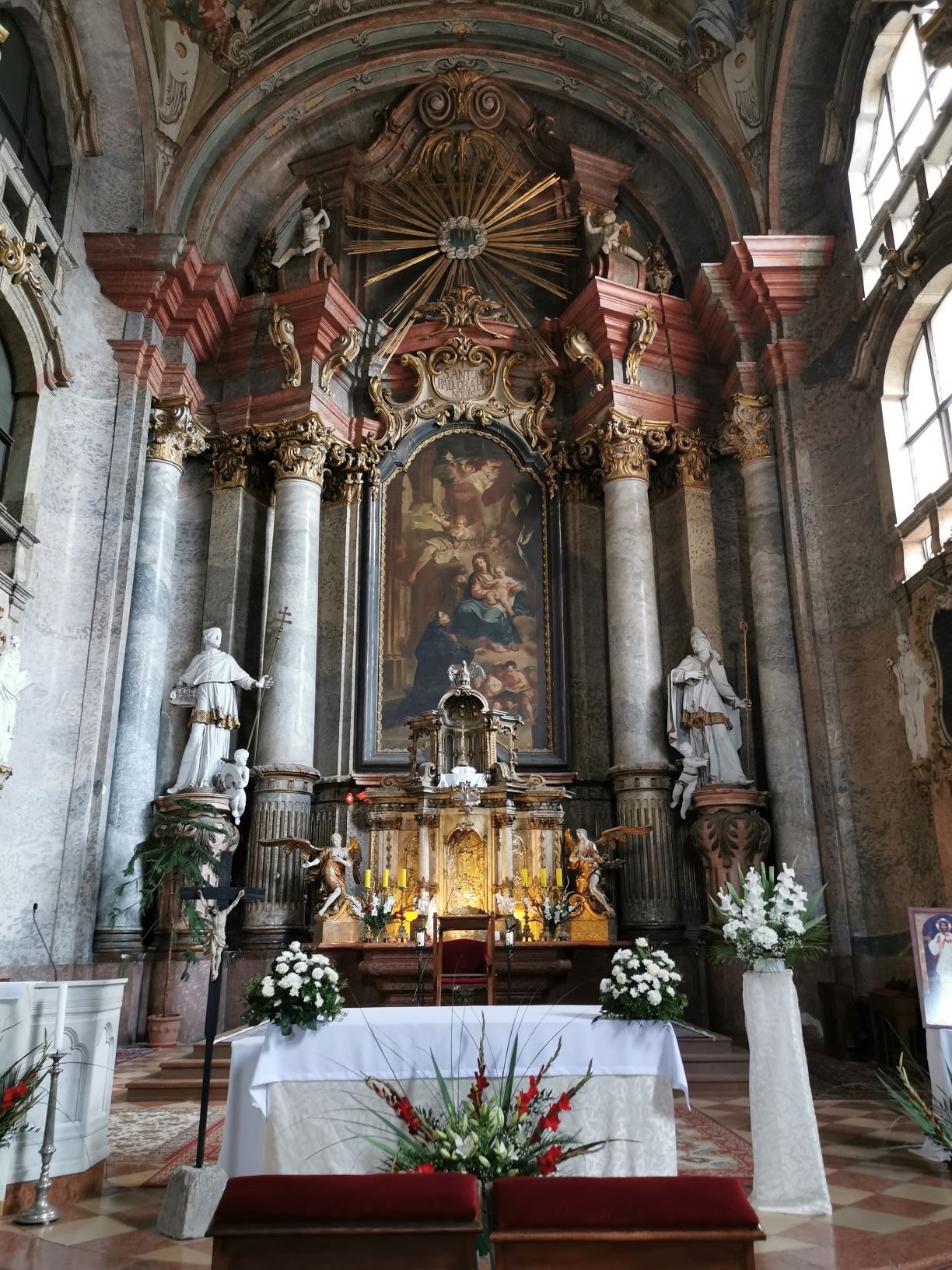 The main cover of the richly decorated church displays the vision of St. Anthony: Virgin Mary above the clouds with the baby Jesus on her arm. It is worth looking at the interior of the whole thing carefully.
The main cover of the richly decorated church displays the vision of St. Anthony: Virgin Mary above the clouds with the baby Jesus on her arm. It is worth looking at the interior of the whole thing carefully.
Saint Nicholas Church
During the Turkish homage (1596-1687), the Serbs began to settle in Eger, but a large wave arrived in 1690 when Patrica Arsenije Chernoyevich led 35,000 Serbian families to Hungary. For a long time, the Serbs “fought” to have their own church instead of the old one, which was eventually built by the special permission of Joseph II.
The construction works lasted from 1785 to 1788 and now the slightly weathered church is now run as a museum by the Greek Orthodox Church of Serbia. The Saint Nicholaus church is usually closed, you have to ask for the key to it, but it pays to go in. Its iconostasis is breathtakingly beautiful and made a huge impact on me just like the Serbian Orthodox Church in Sarajevo (you can read about it here).
Minaret
The Minaret of Eger is the tallest and best-preserved monument of the former Ottoman Empire and one of the three intact minarets found in Hungary. It was probably built in the late 16th or early 17th century and a mosque was attached to it, which has now been destroyed. The minaret was barely saved, as people tried to demolish it with 400 oxen after the Turkish homage.
Today, the 40-meter tower is one of the most beautiful historical monuments in Eger, with 98 spiral staircases leading up to its terrace. I really wanted to go up but my fear of heights was stronger and I turned back after a few steps. Practical advice: the stone stairs are very slippery and narrow, so I recommend you a proper pair of shoes for climbing it.
Romantic buildings in the city center
Finally, let’s show you a colorful gallery from the downtown of Eger, which went under a complete revival in 2015. The cobbled streets of the historic Baroque city center have retained their former charm, yet they provide a spacious space and a wide range of programs for tourists. All this comes with unadulterated hospitality, fine wines, and a high level of gastronomy. Do you need more than that?


